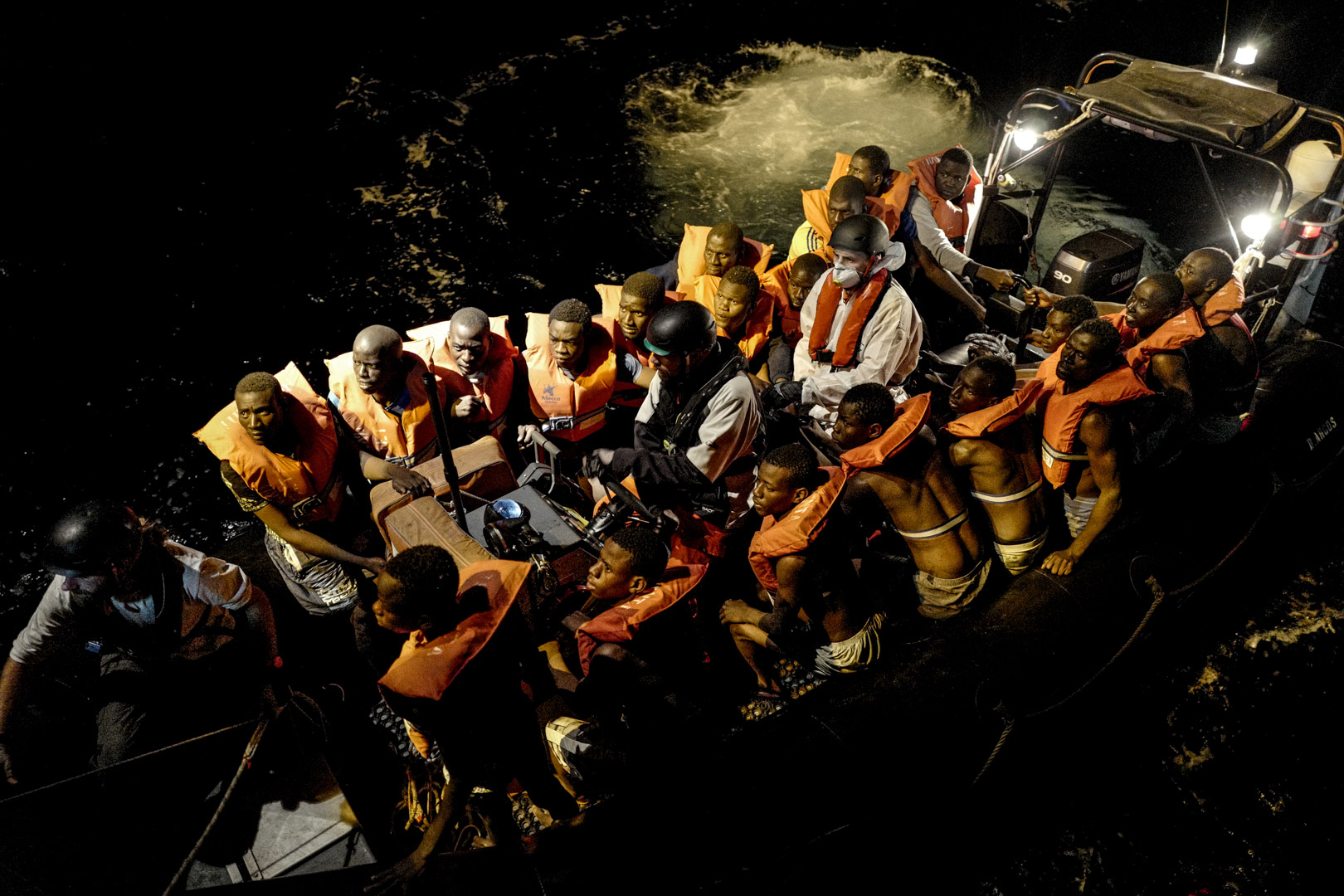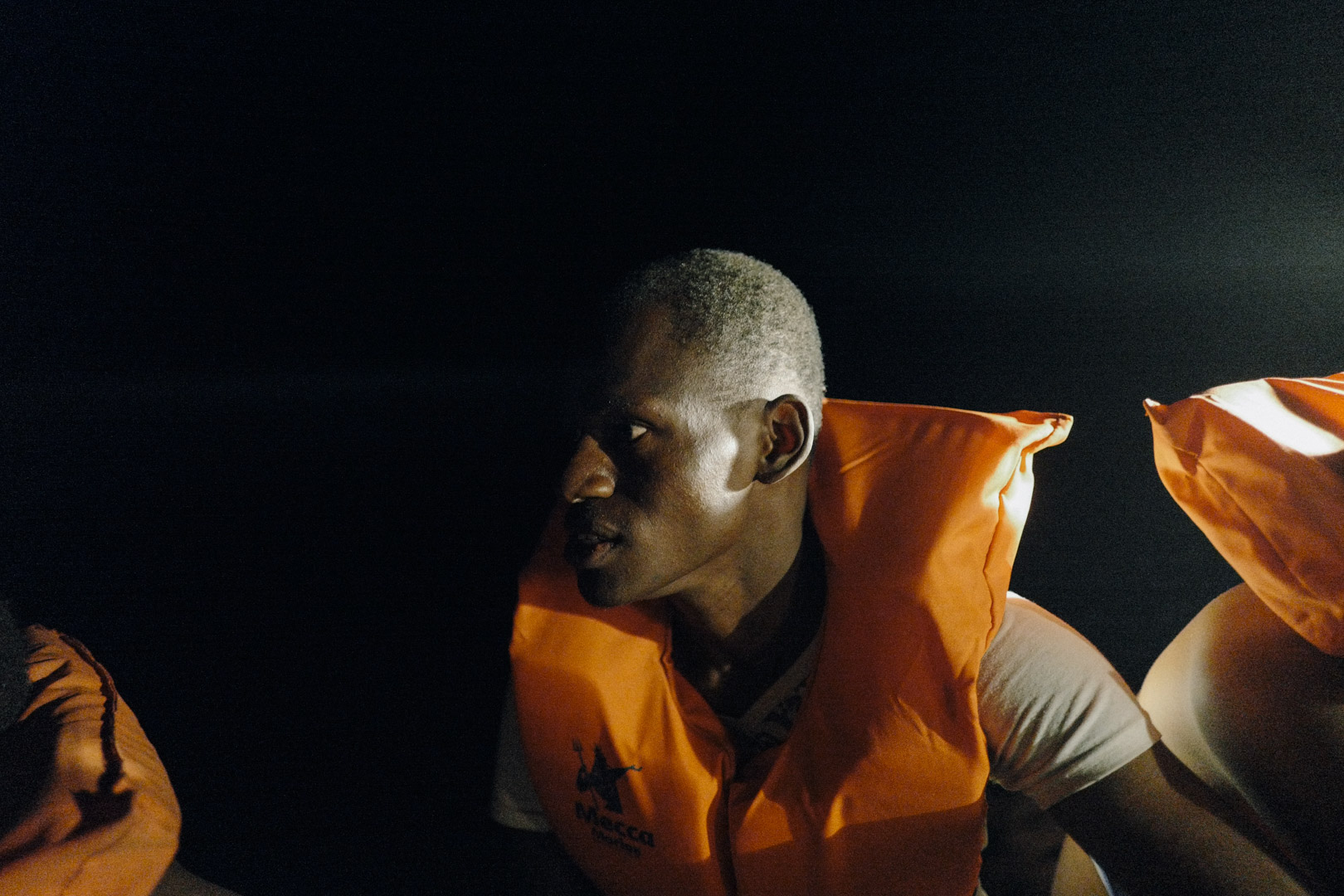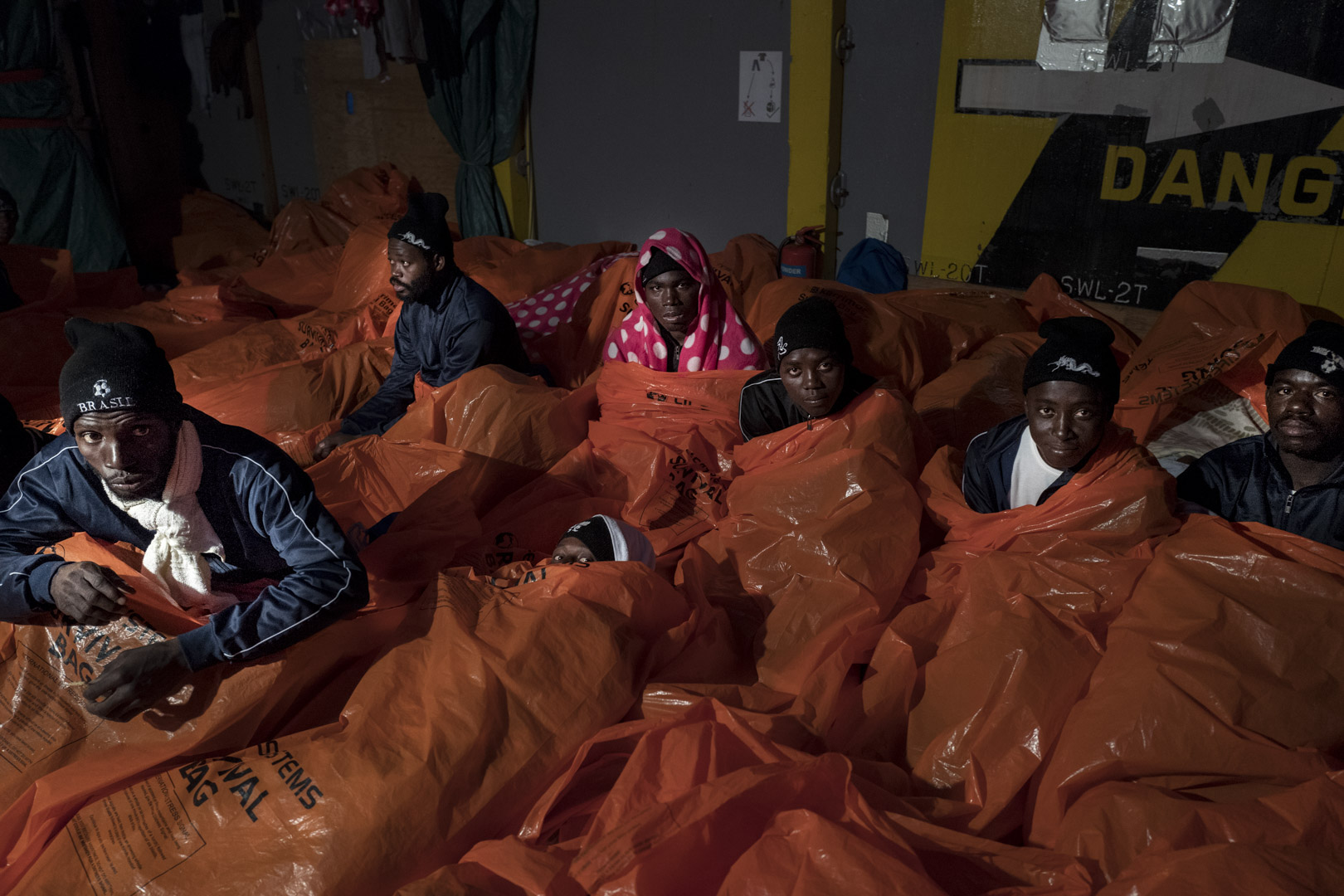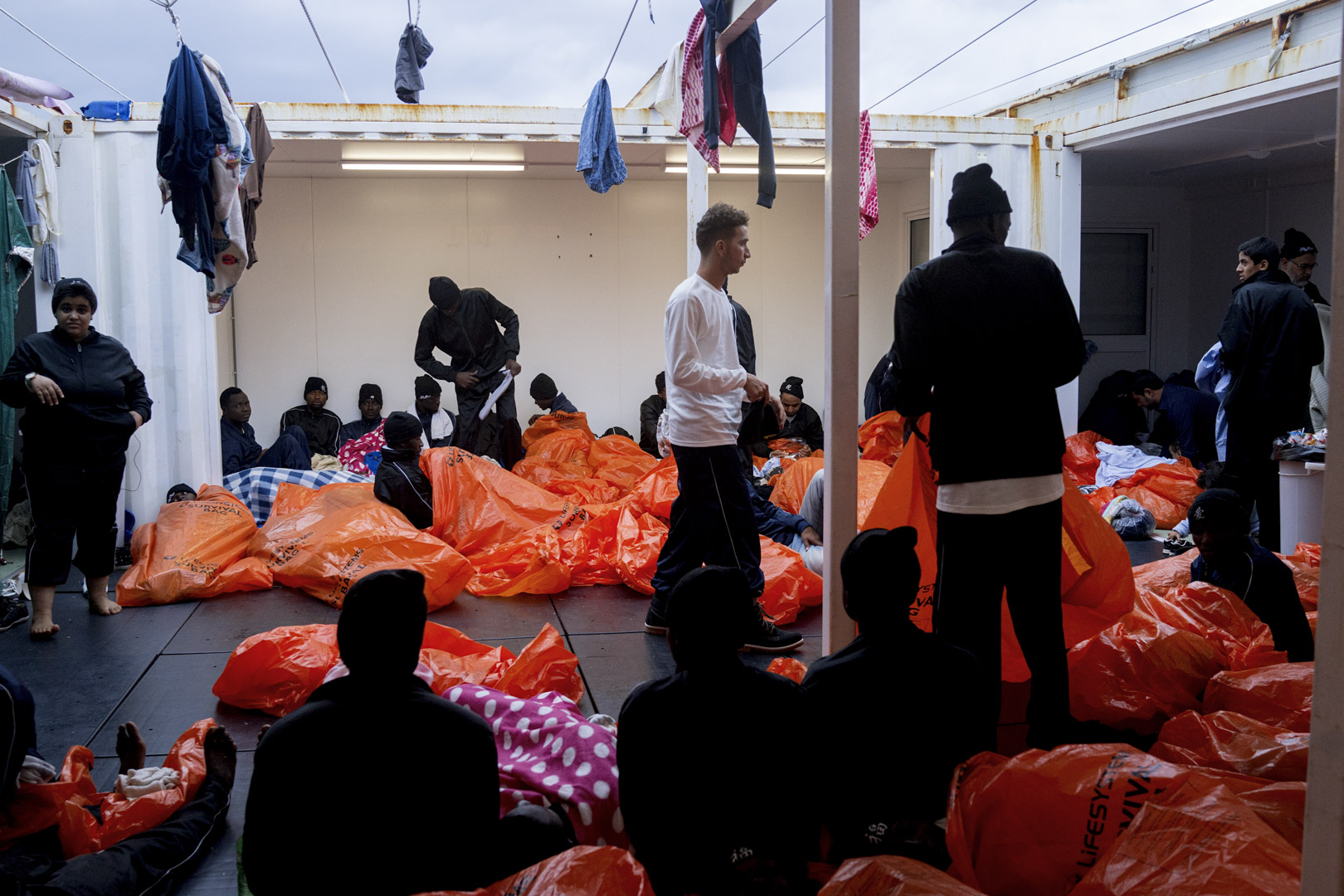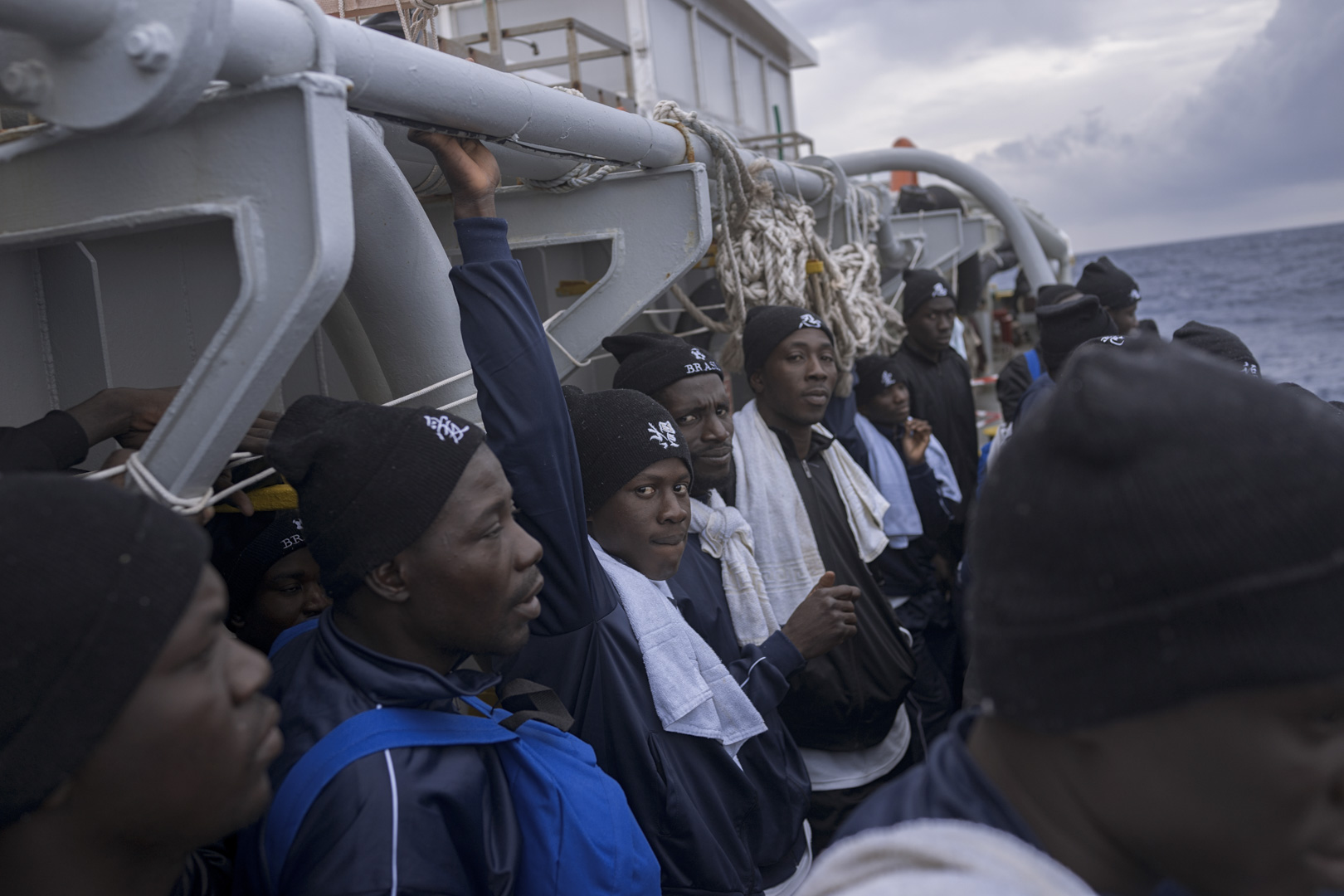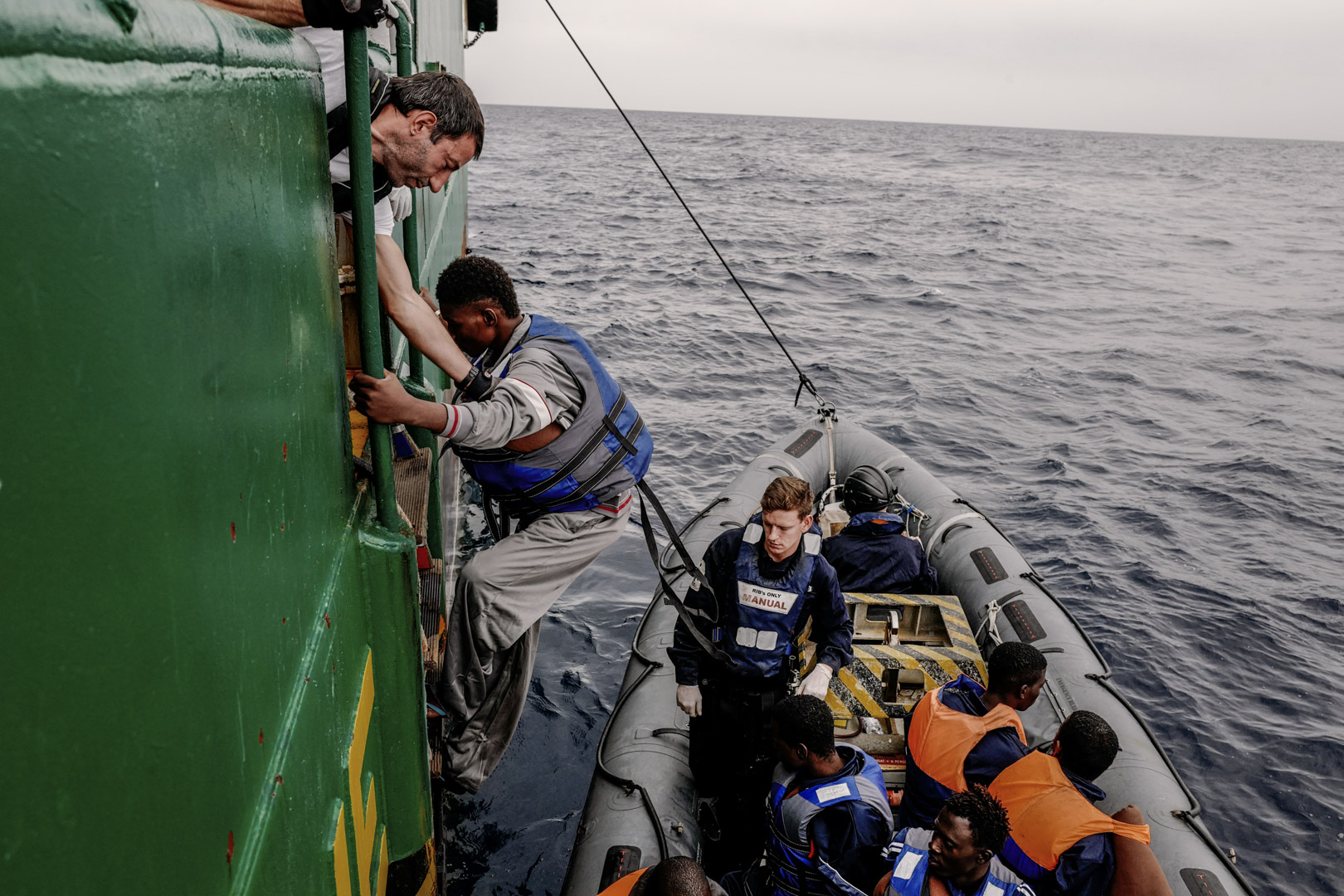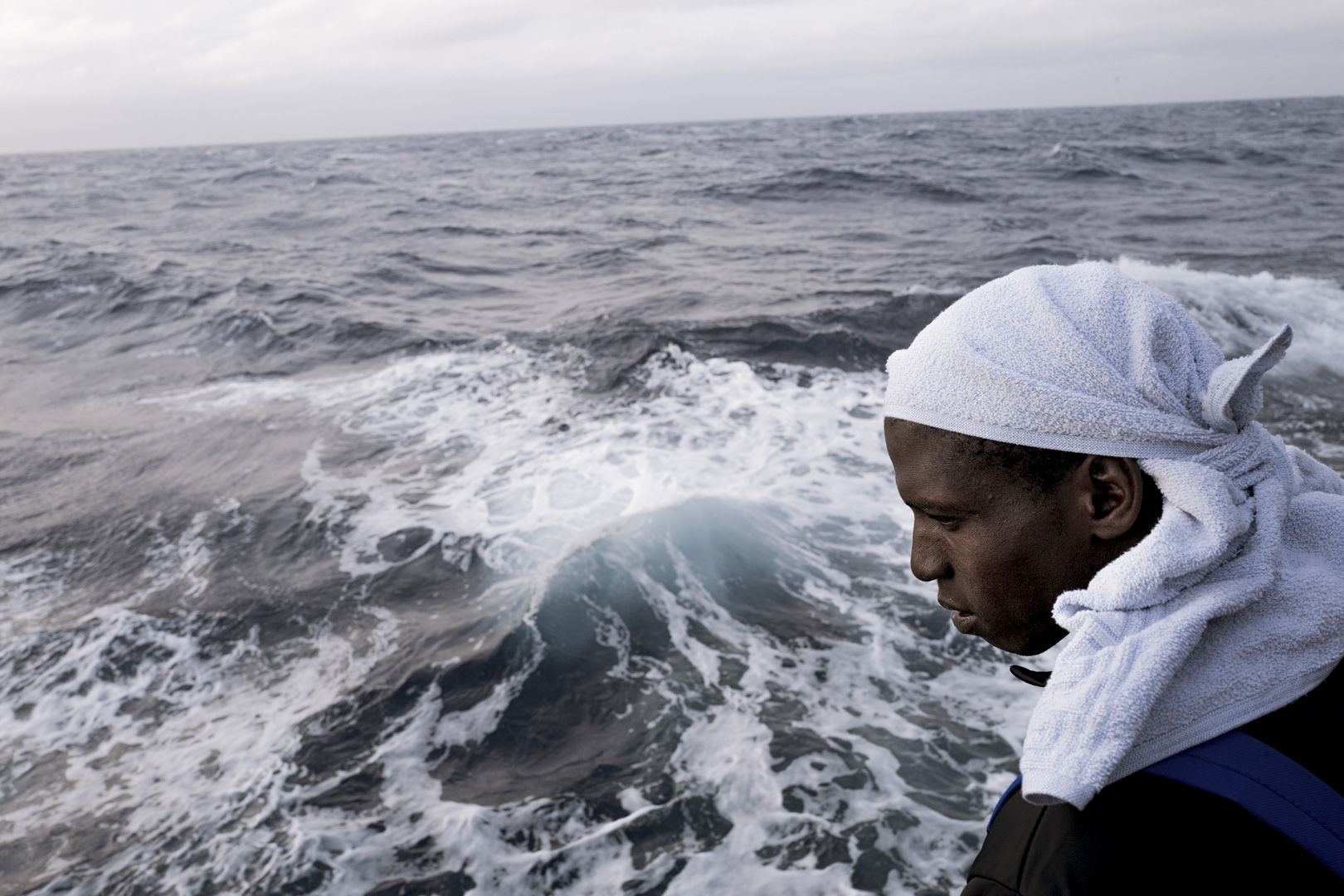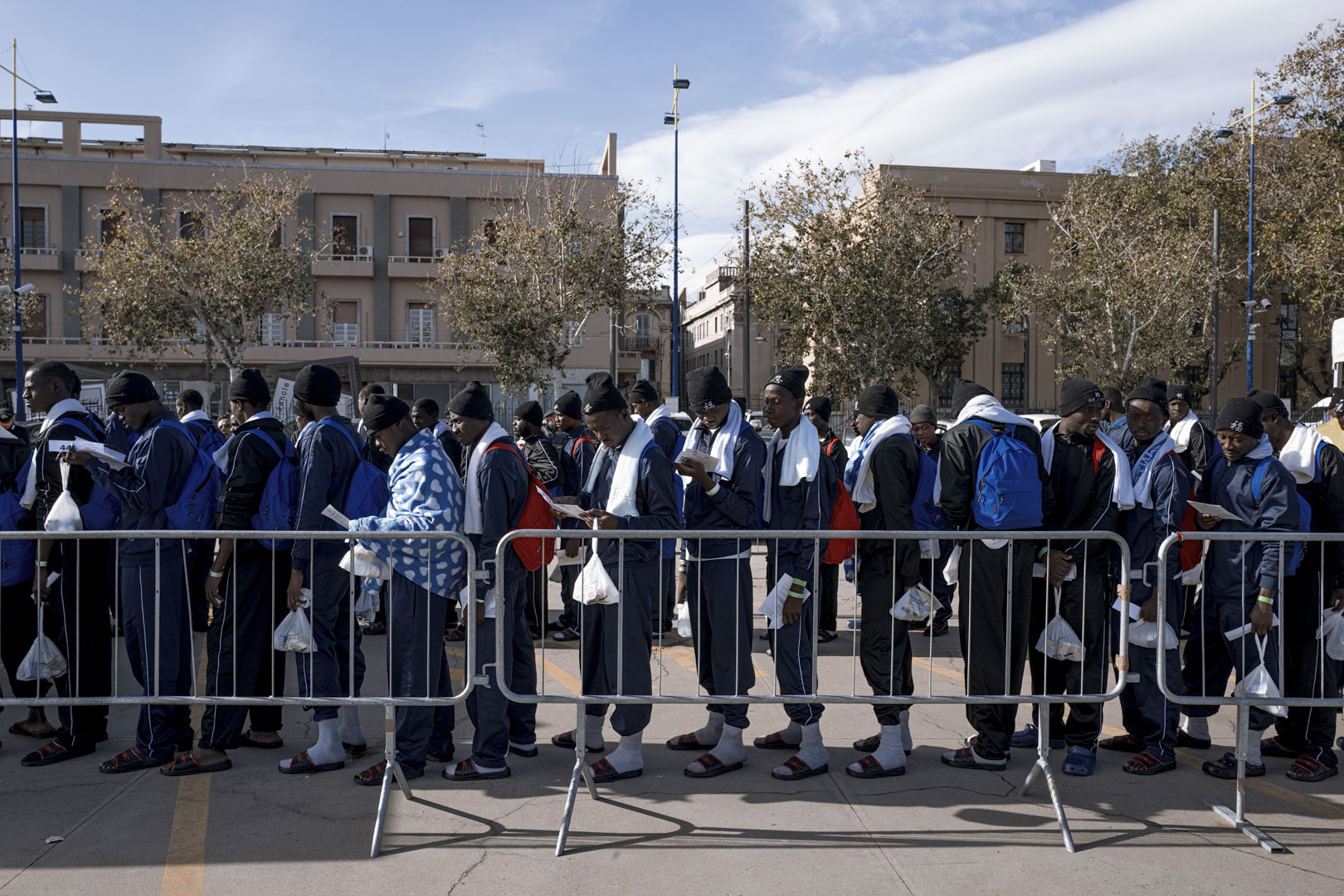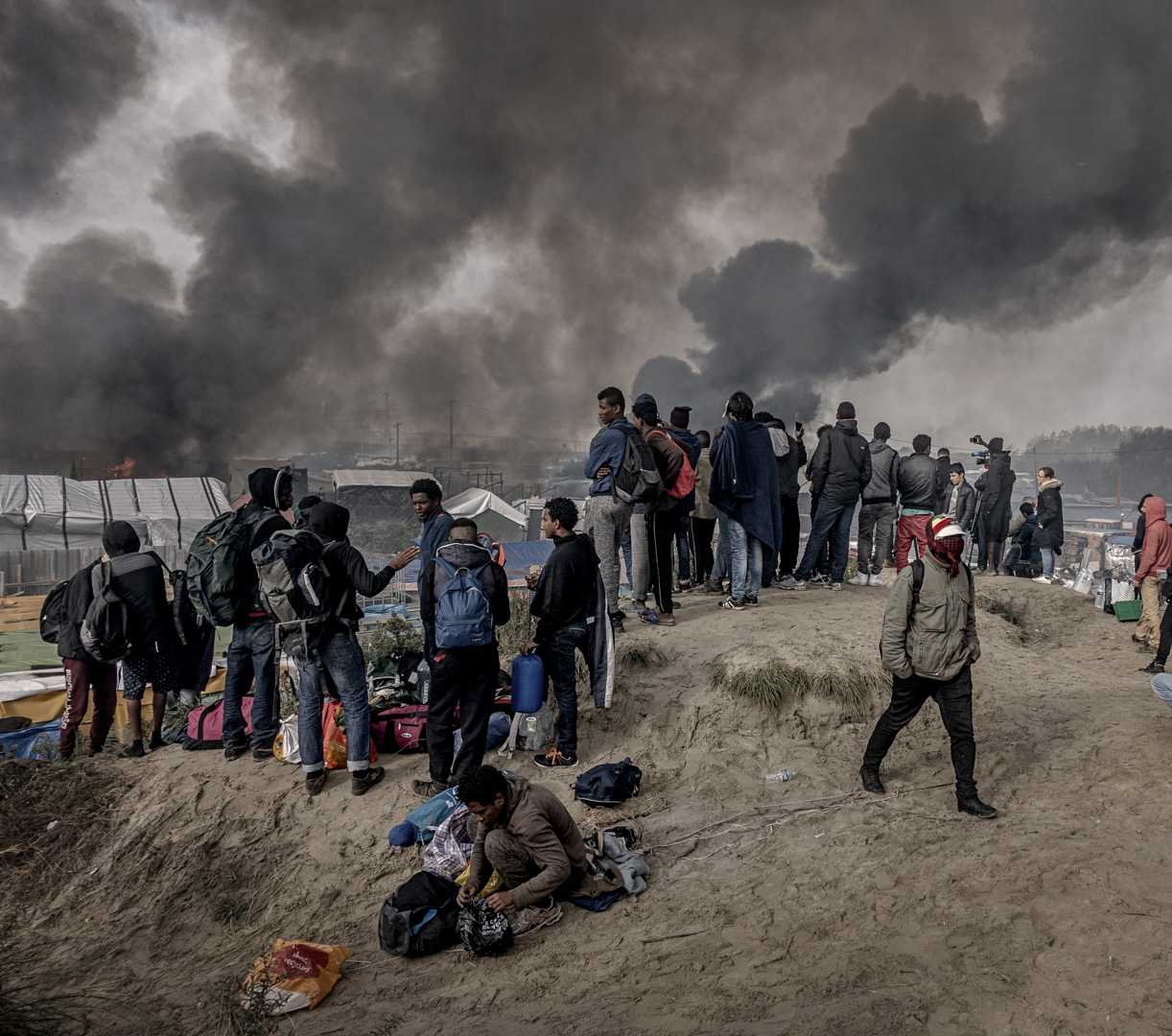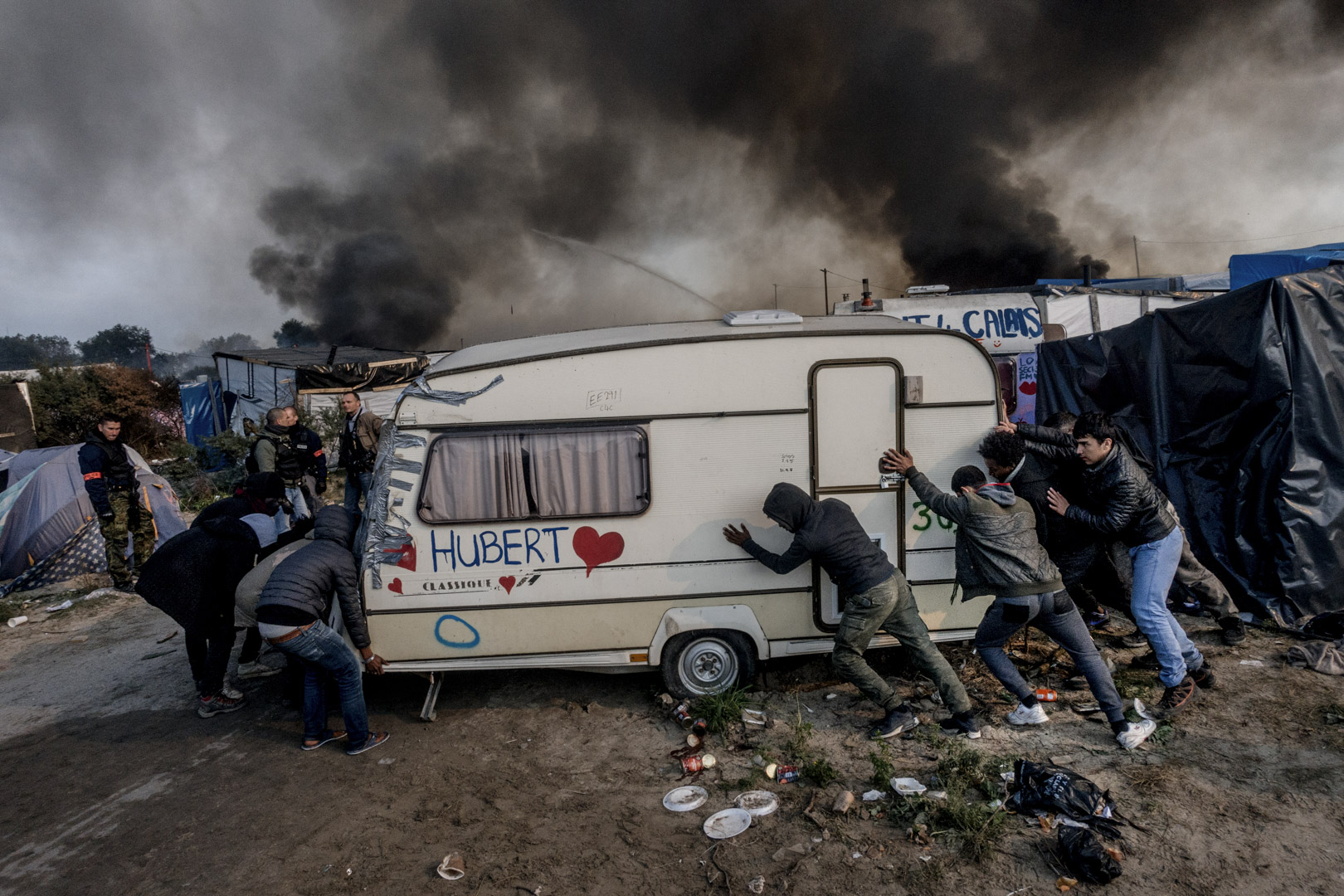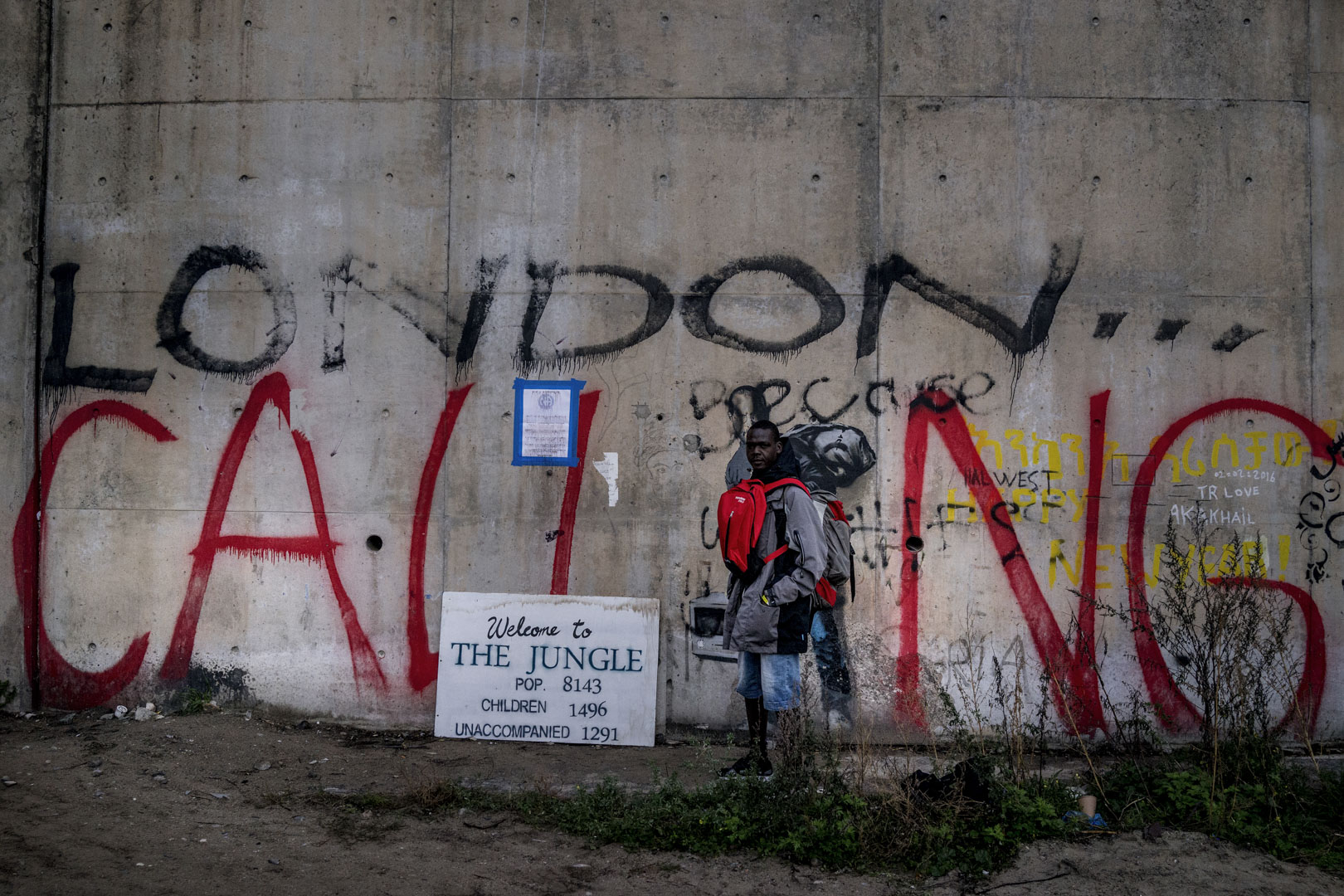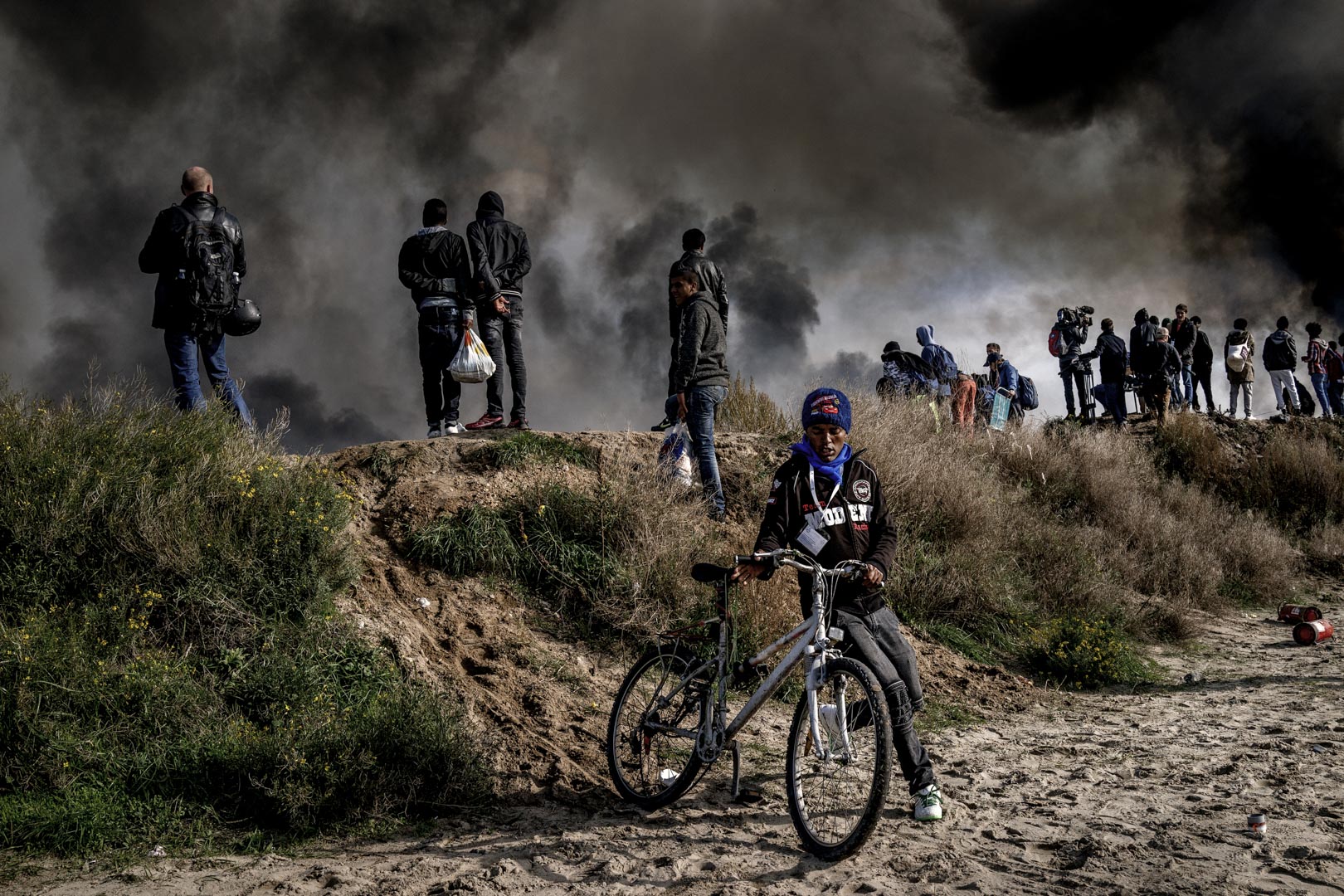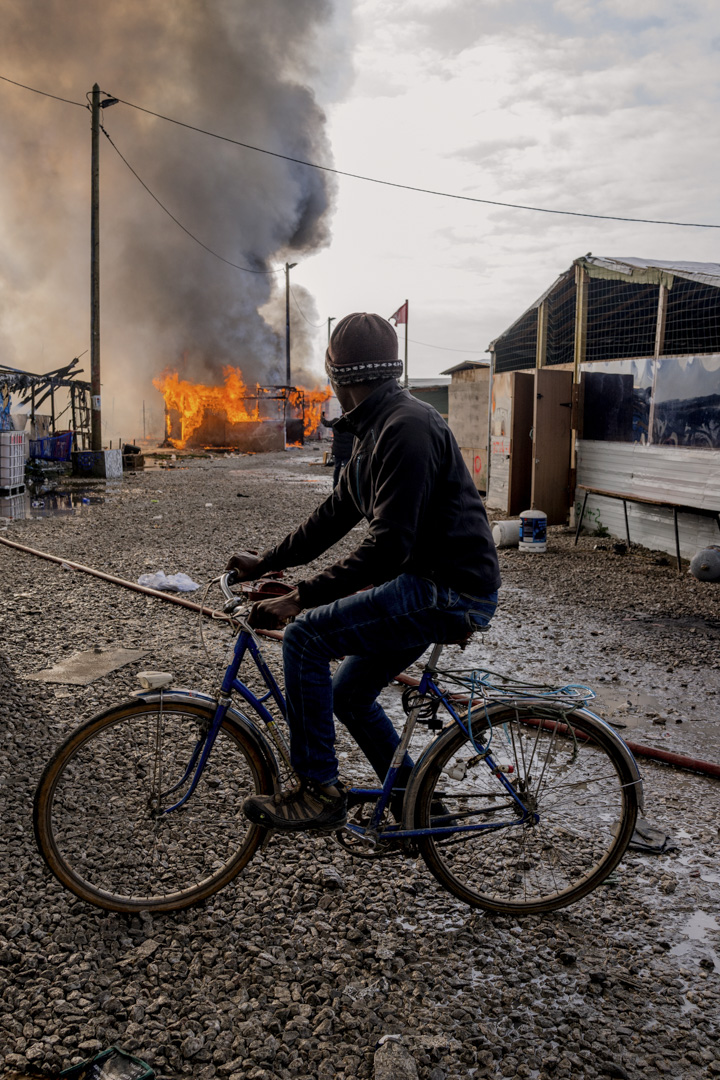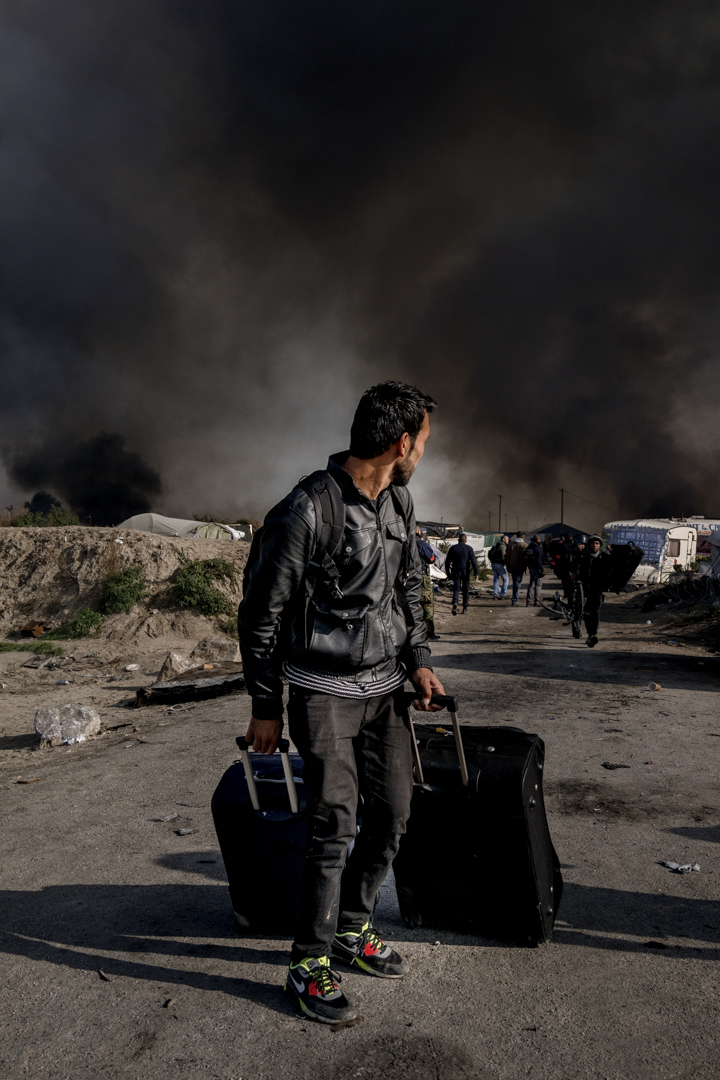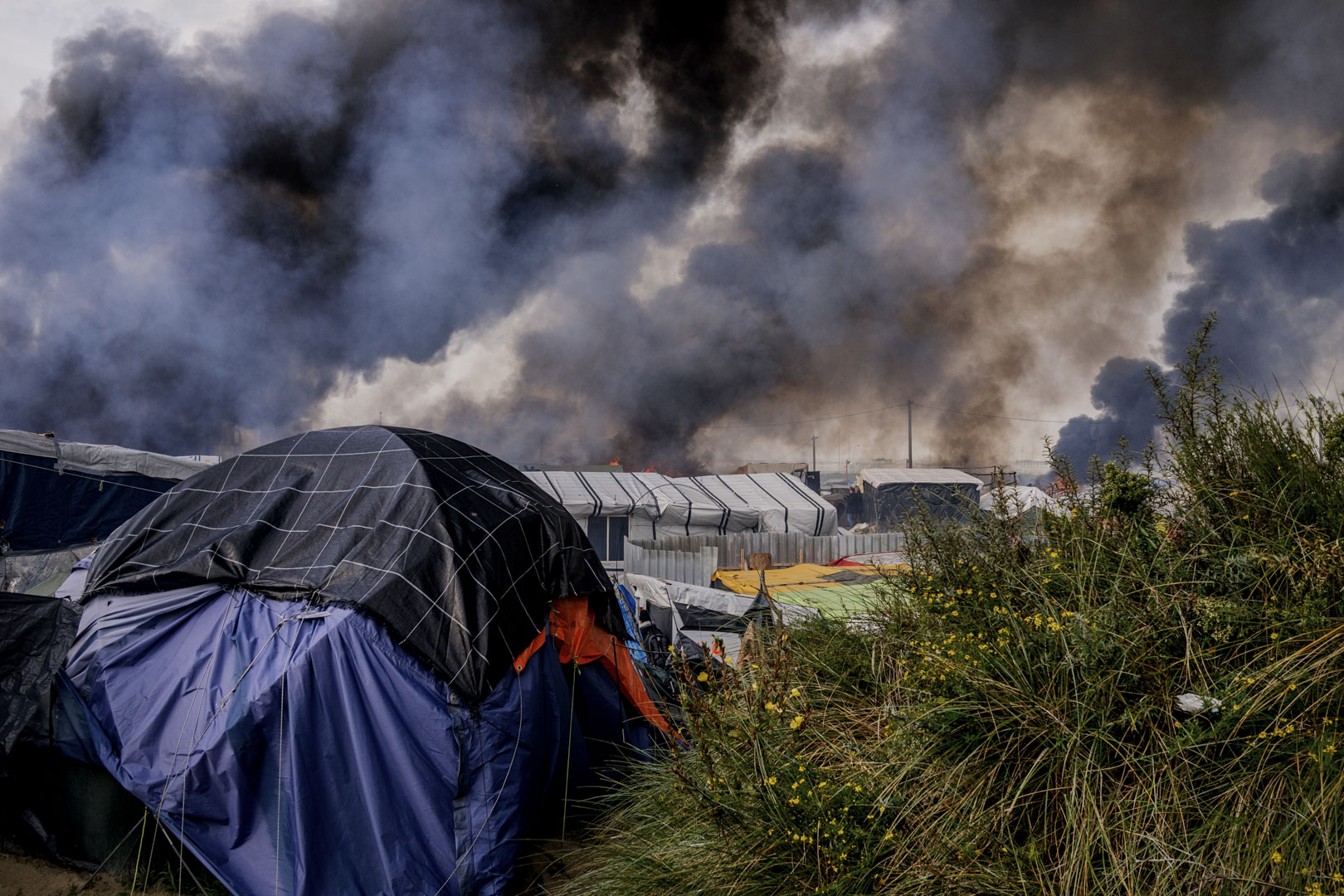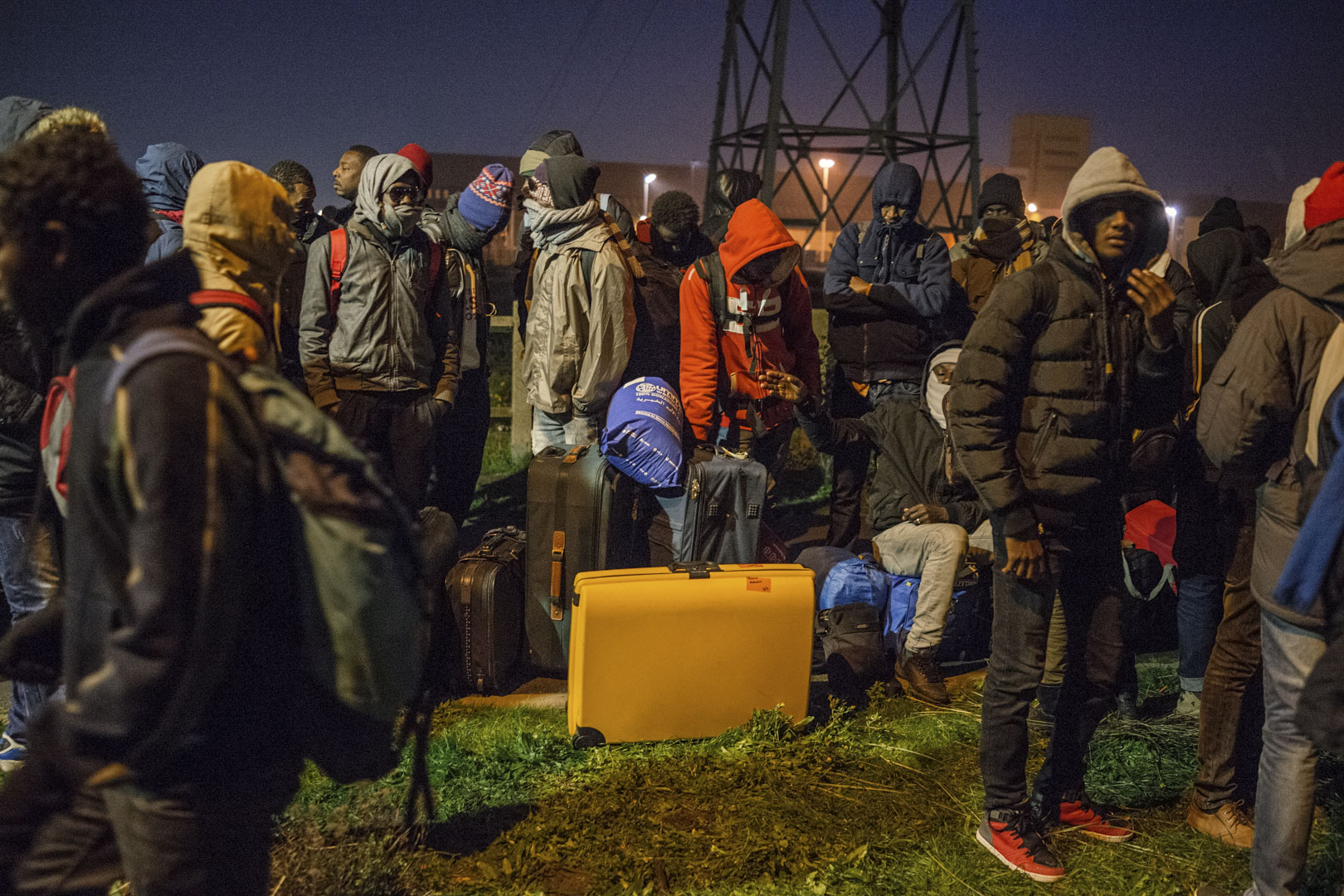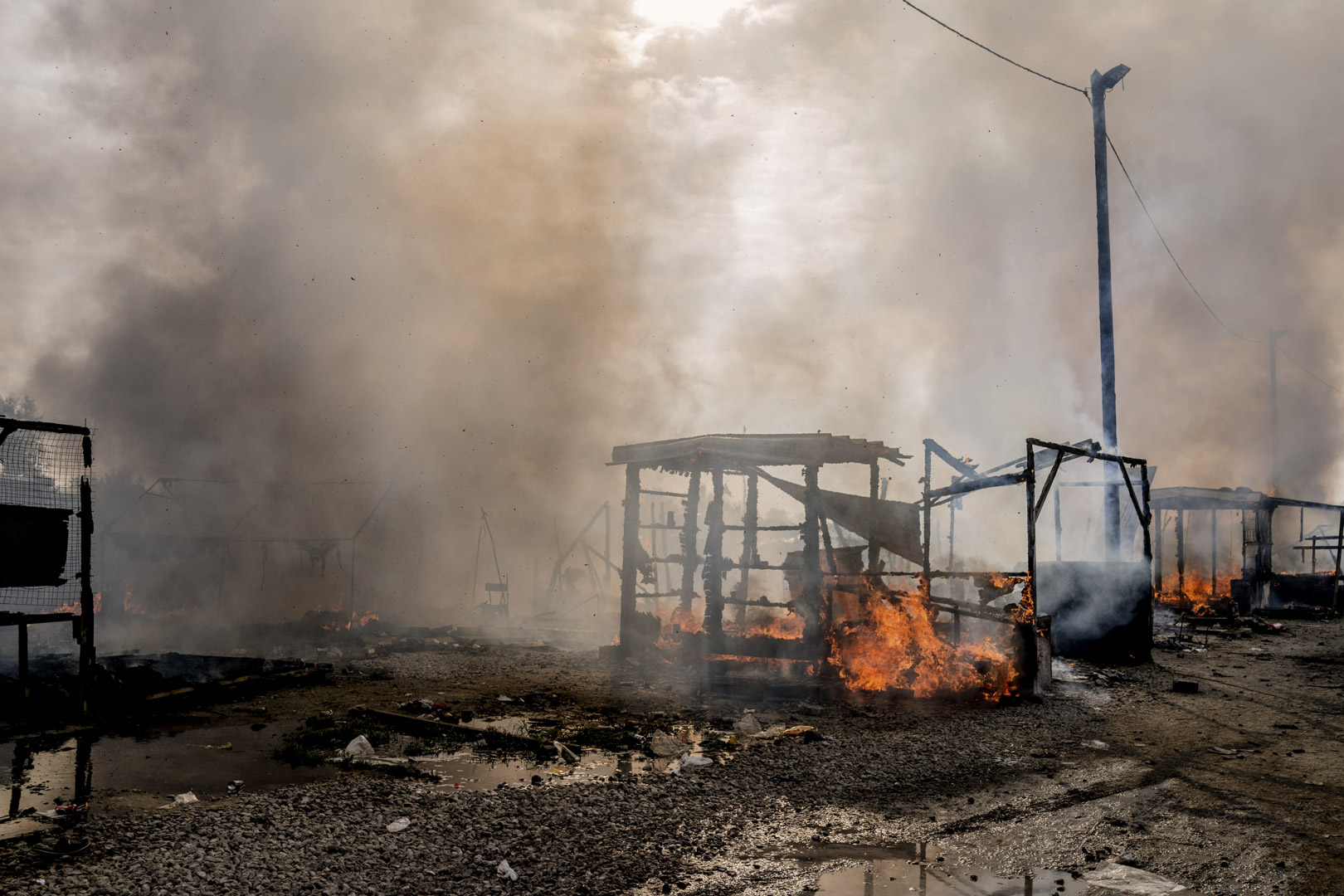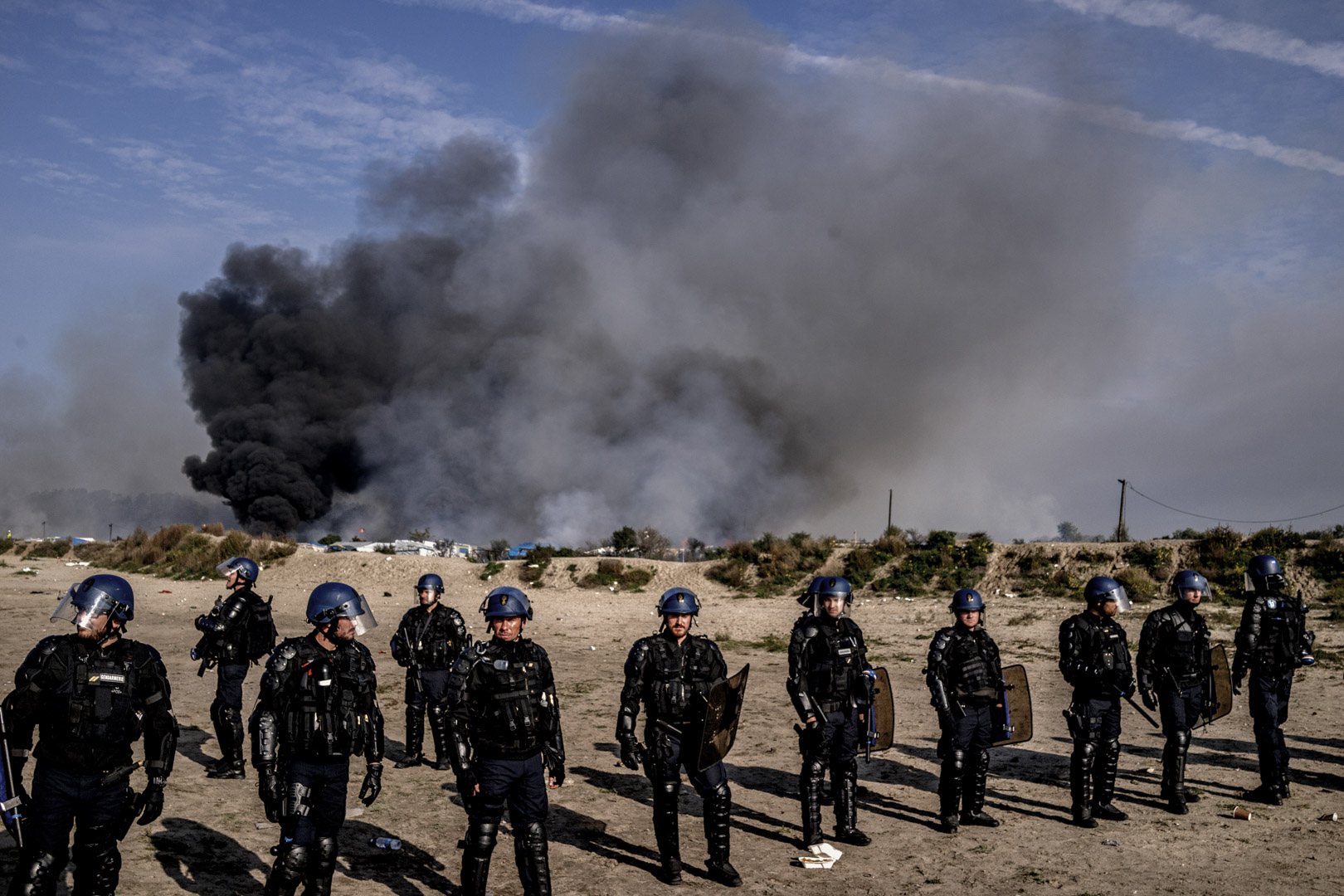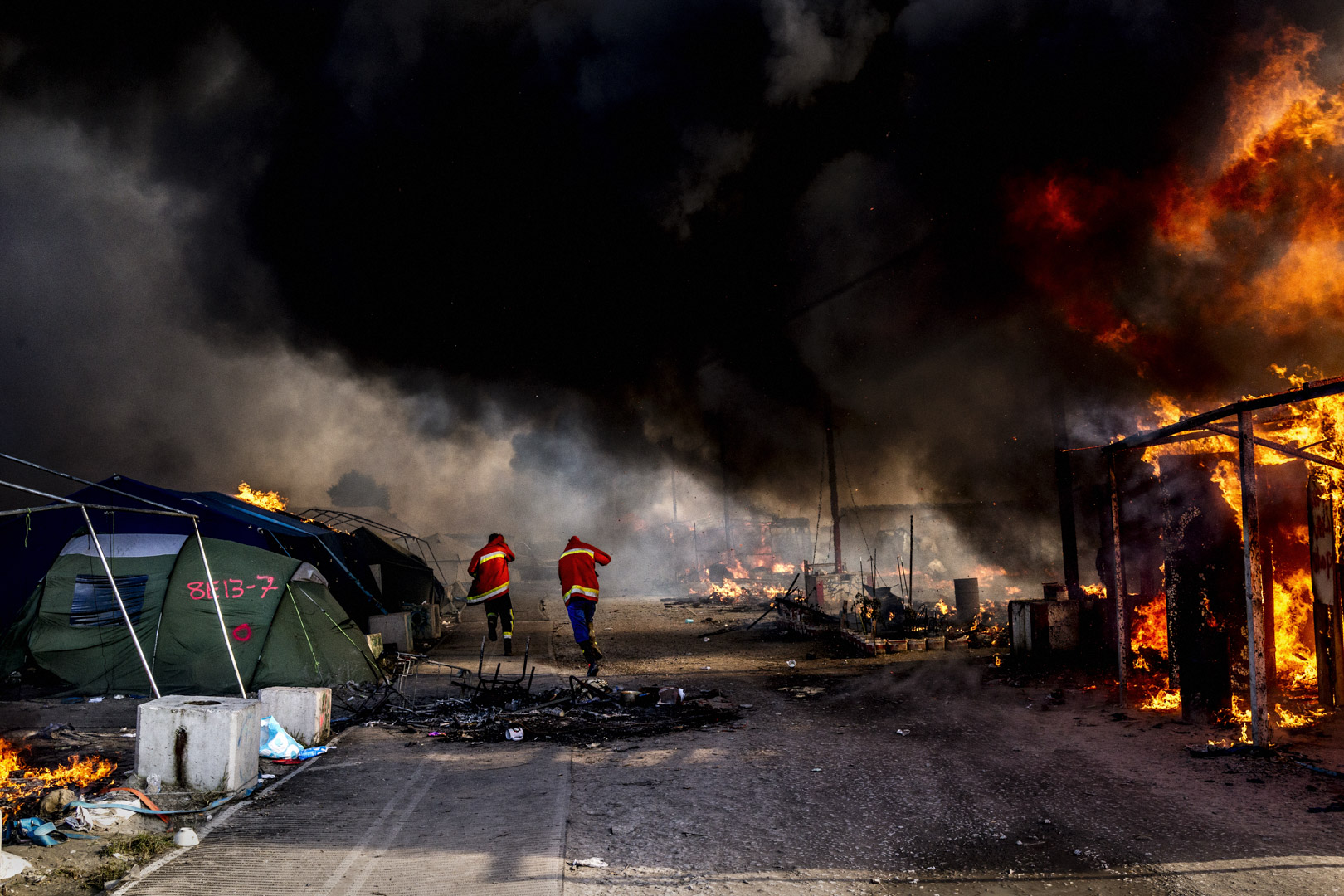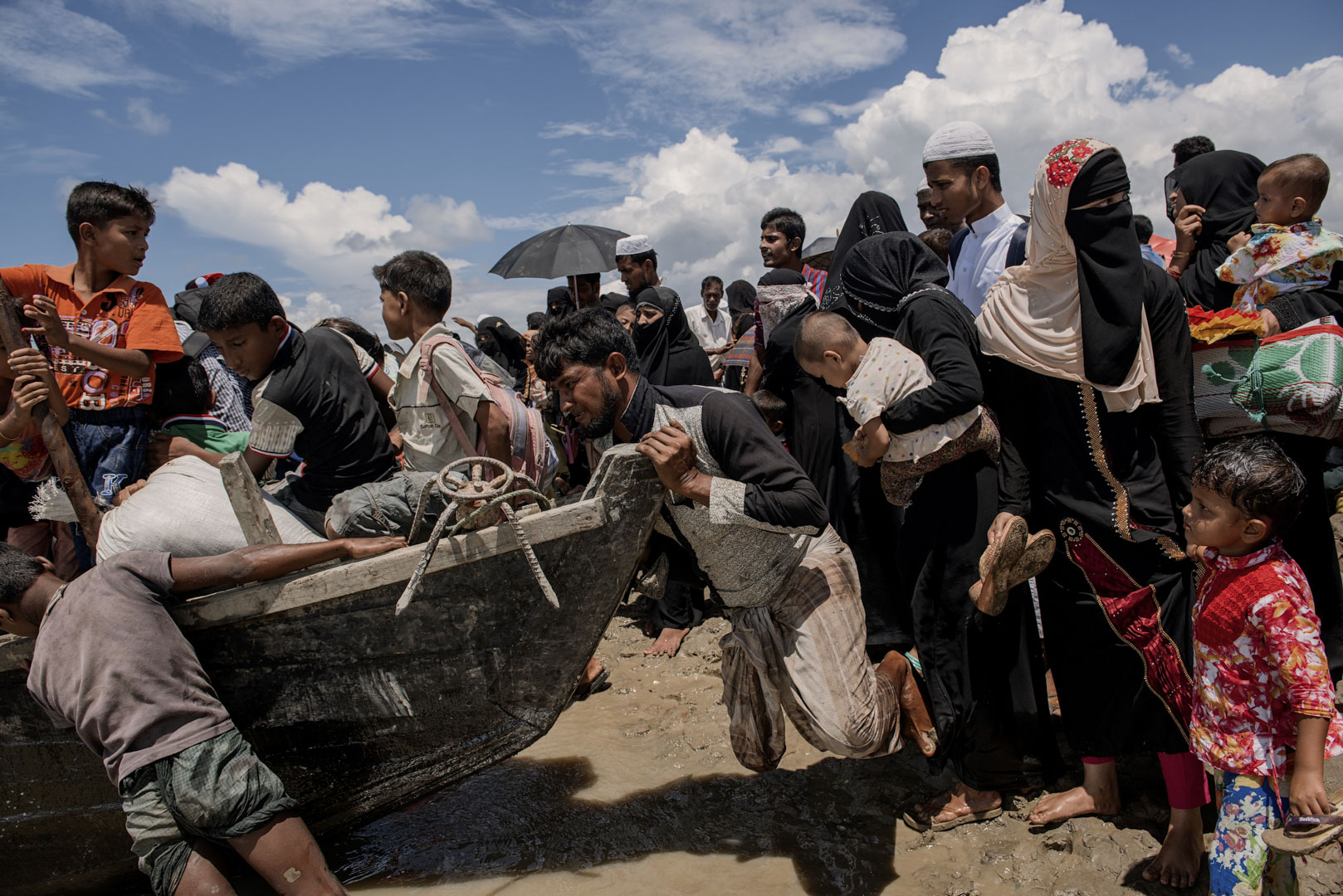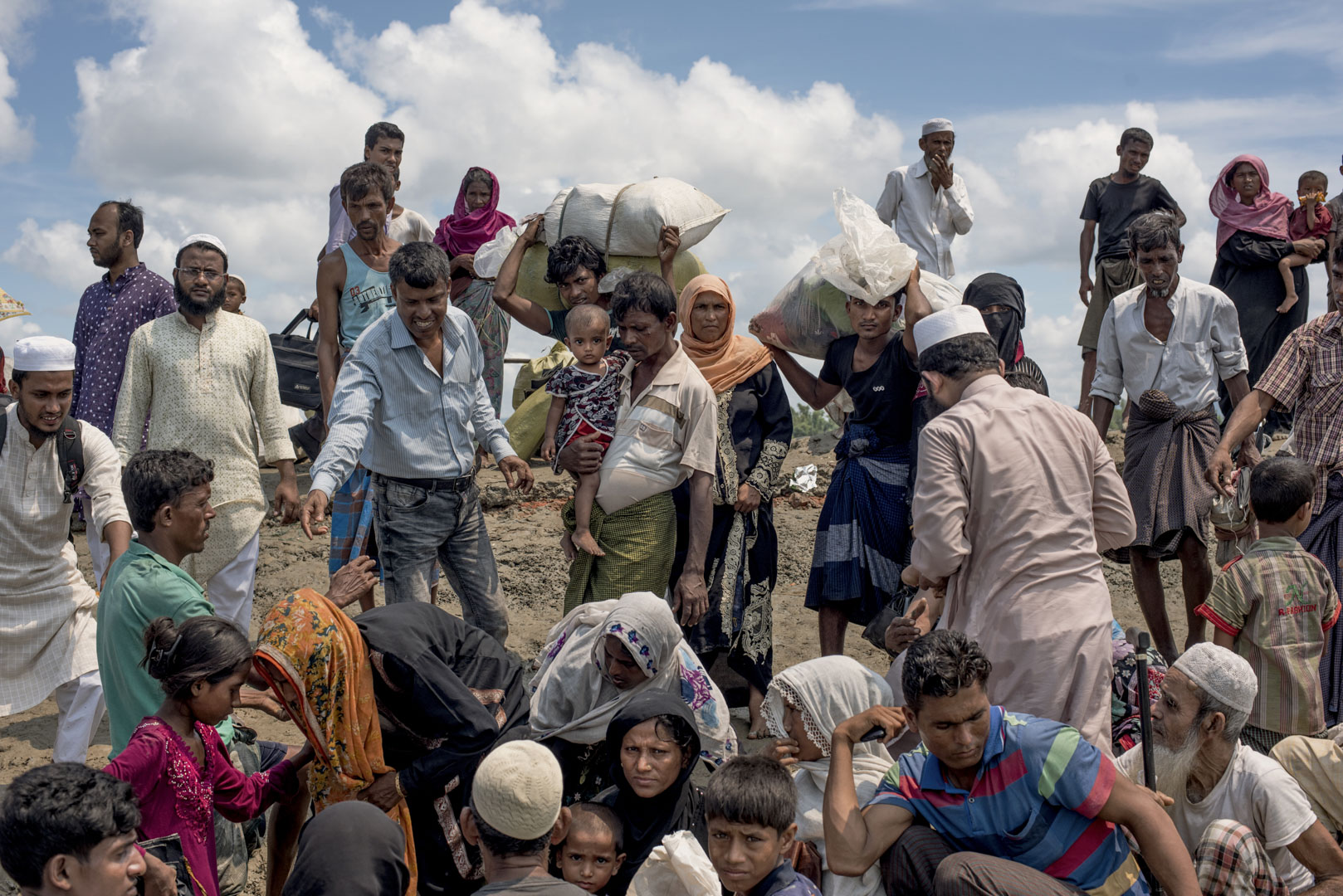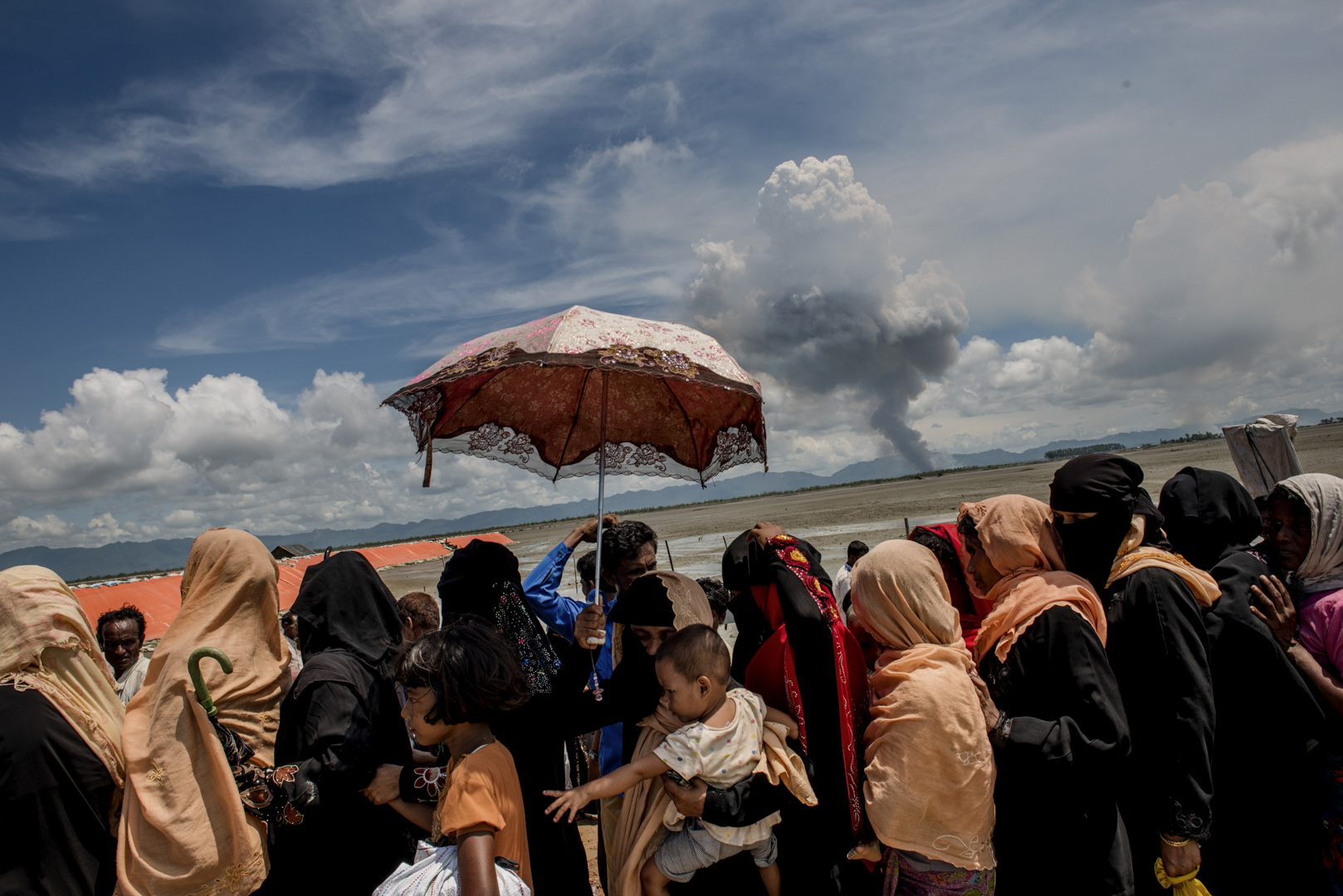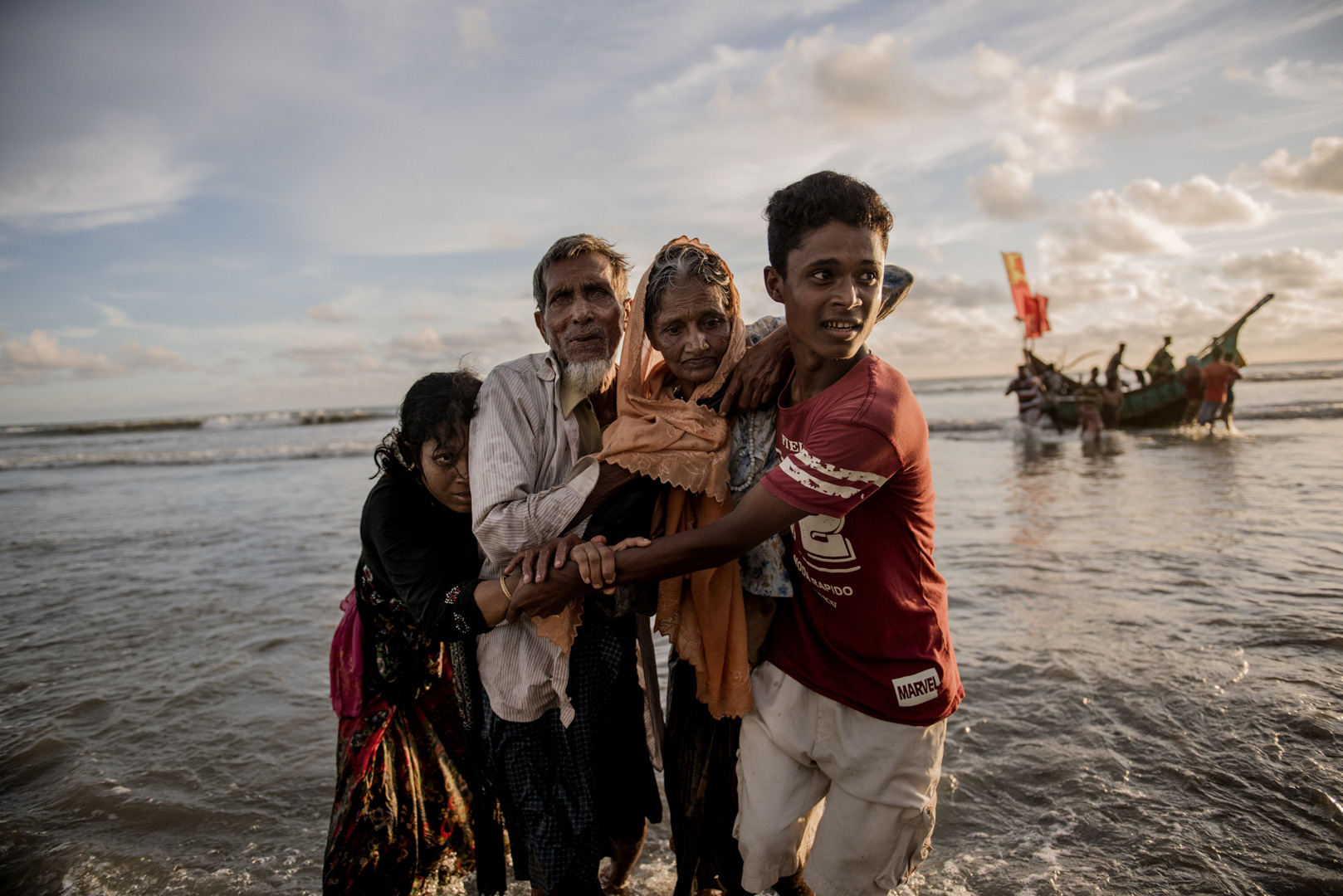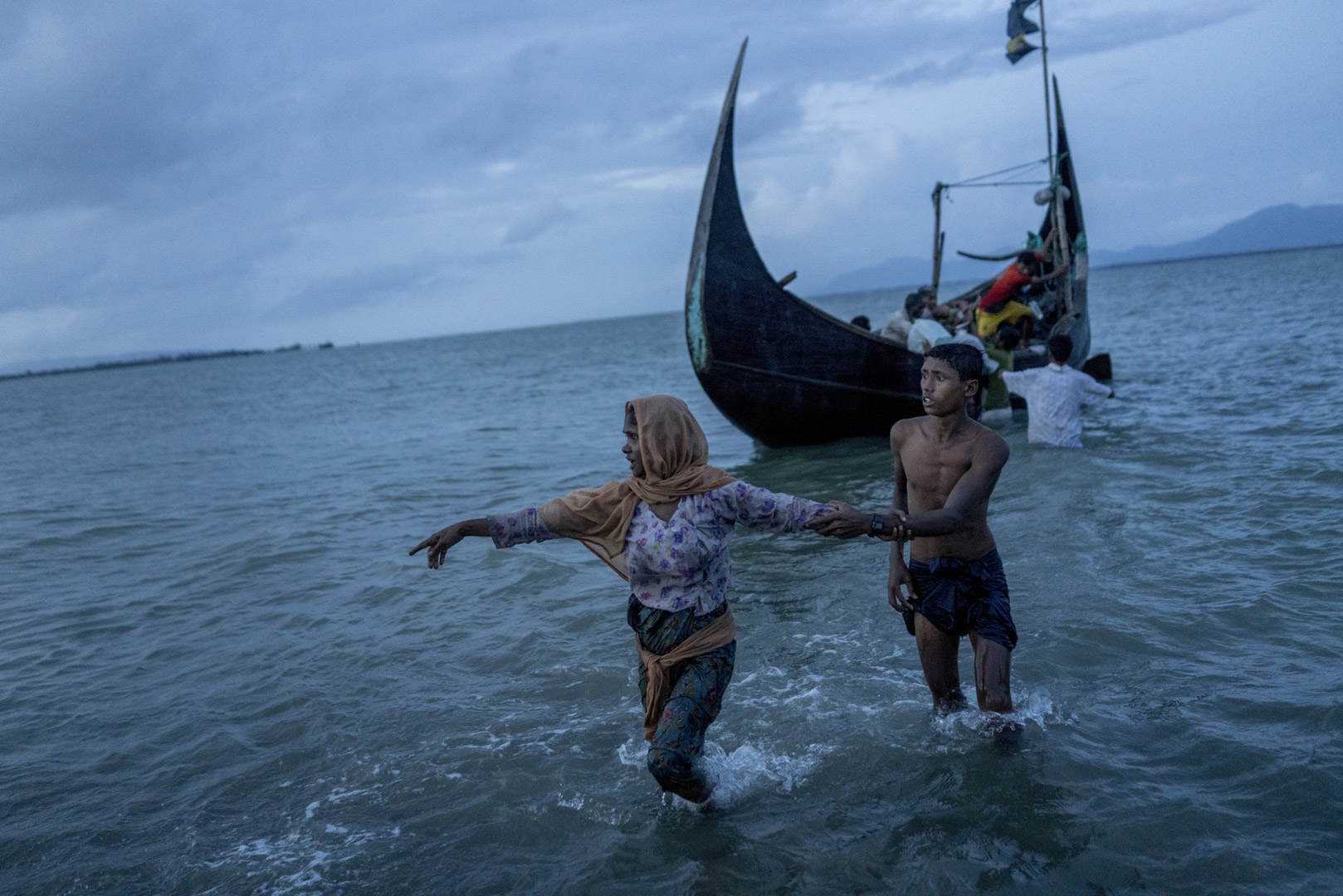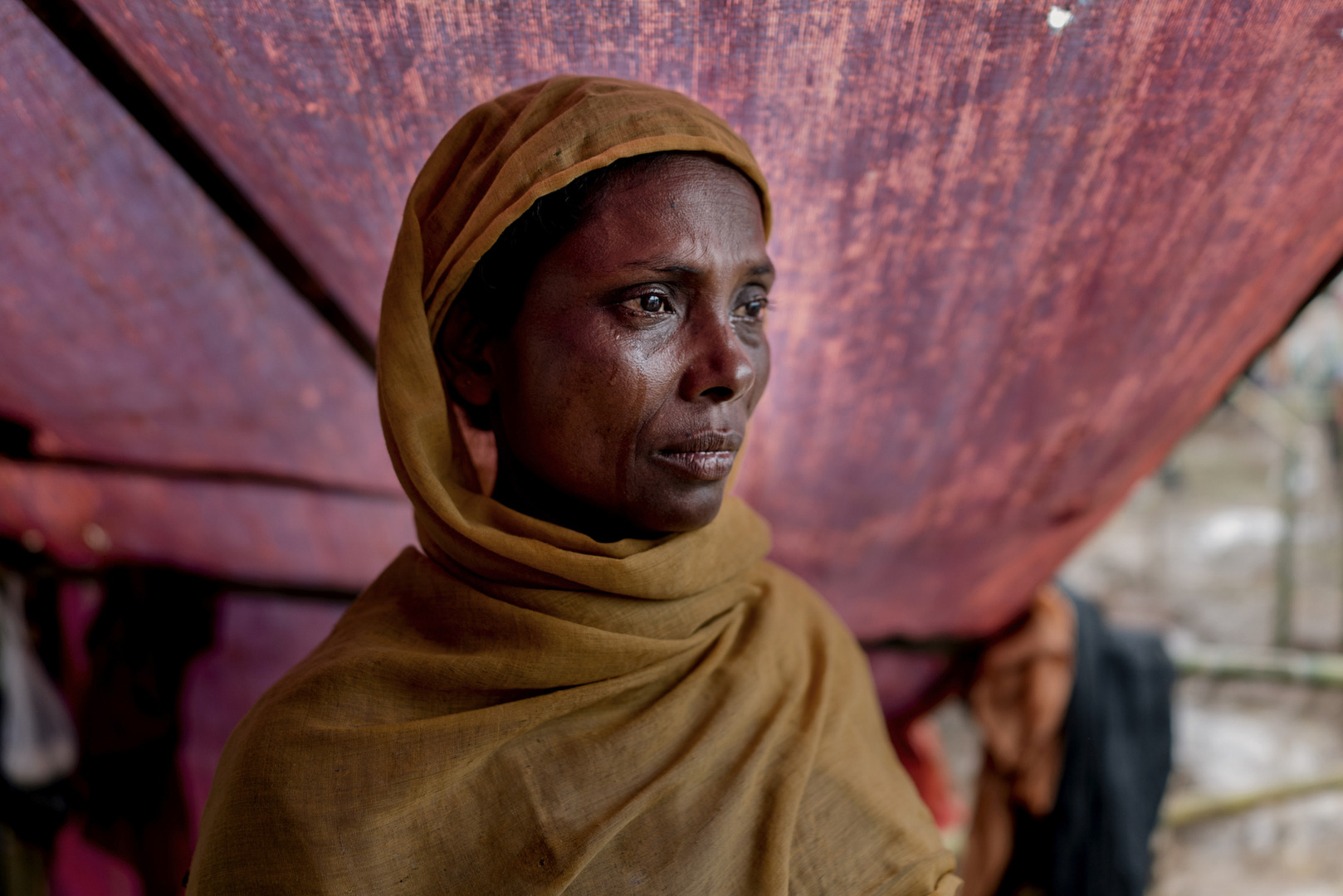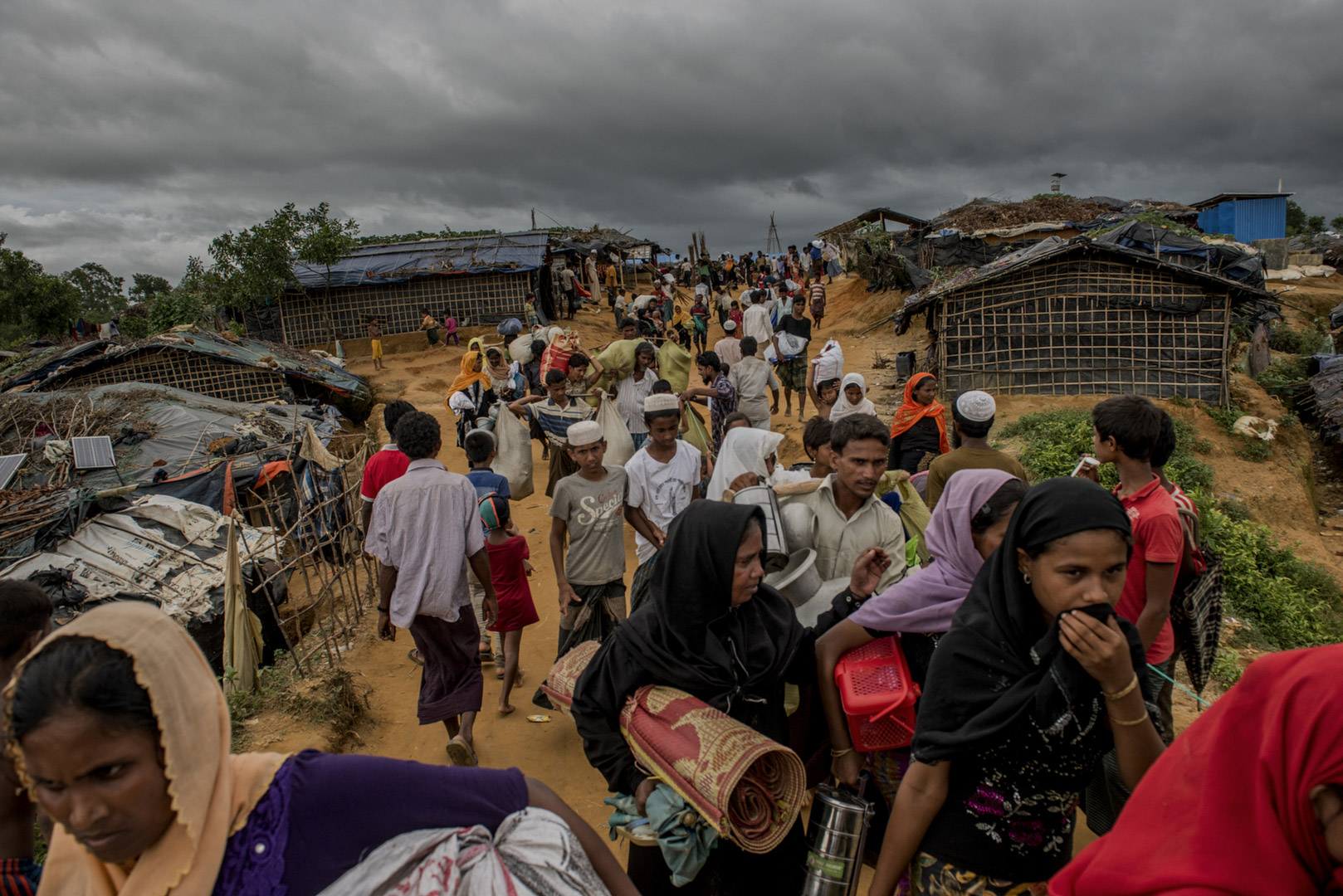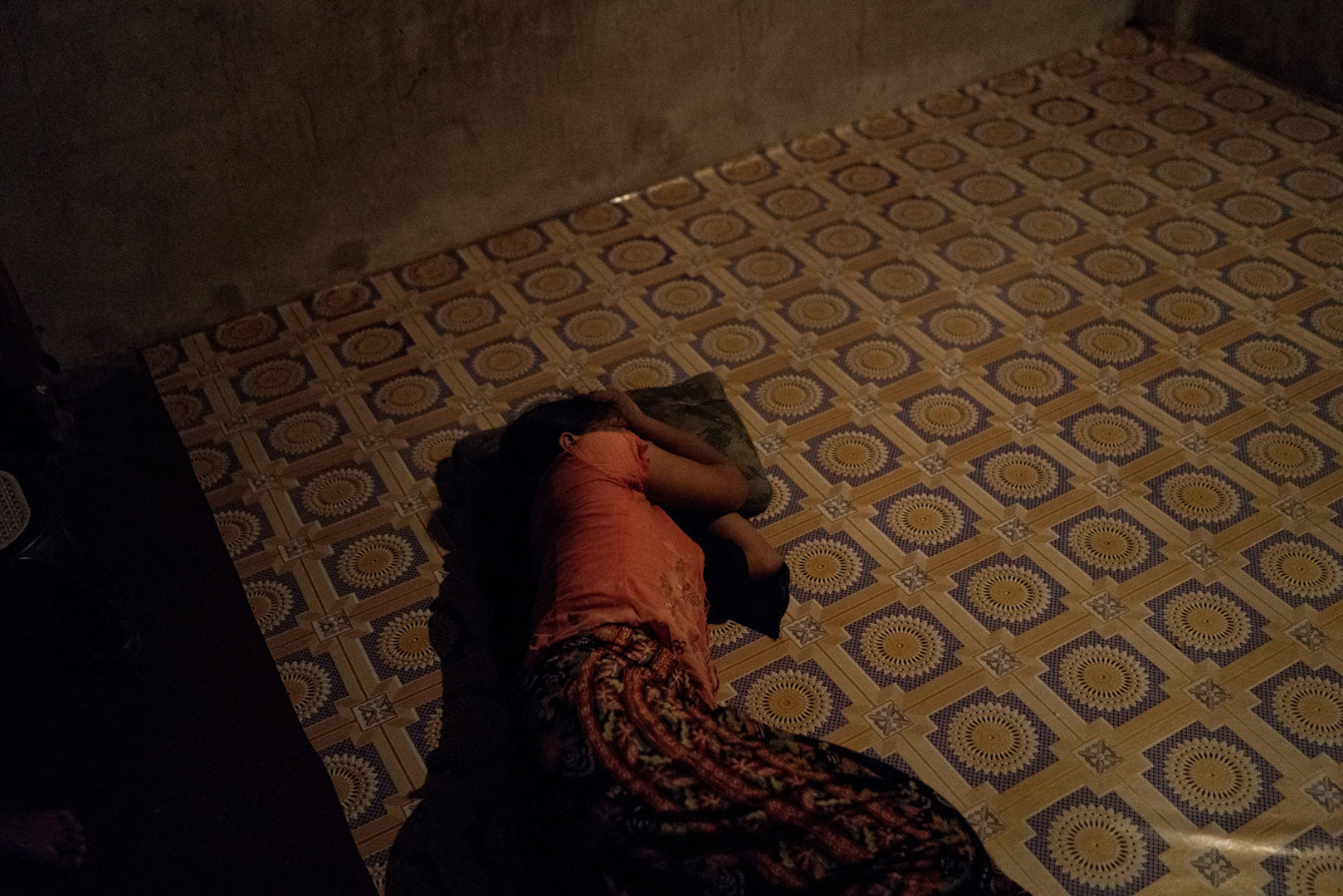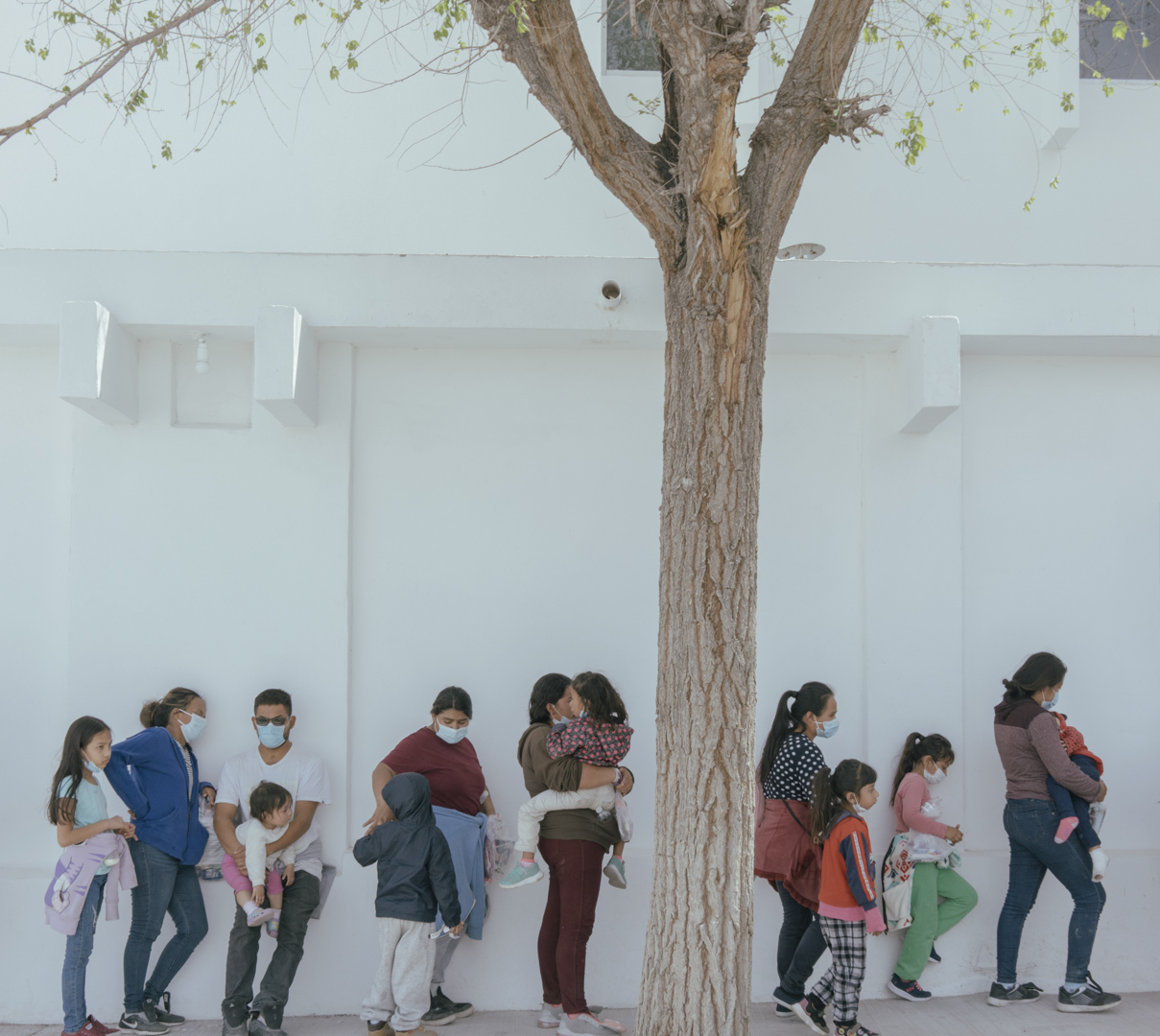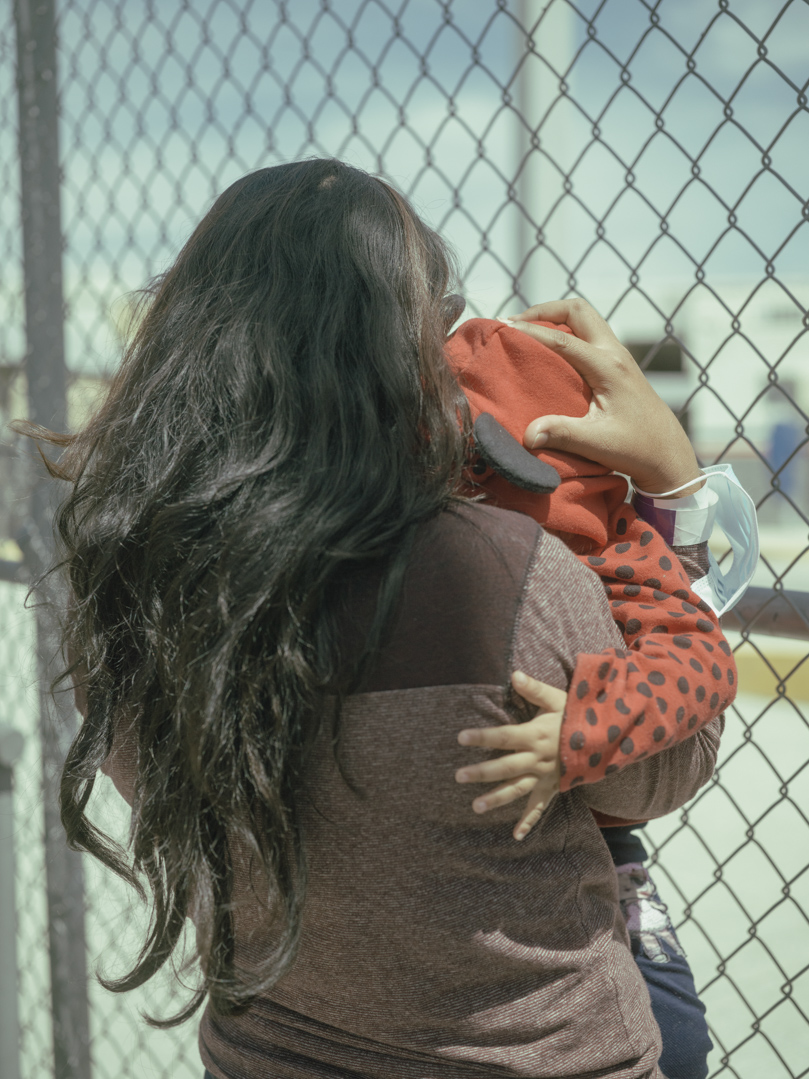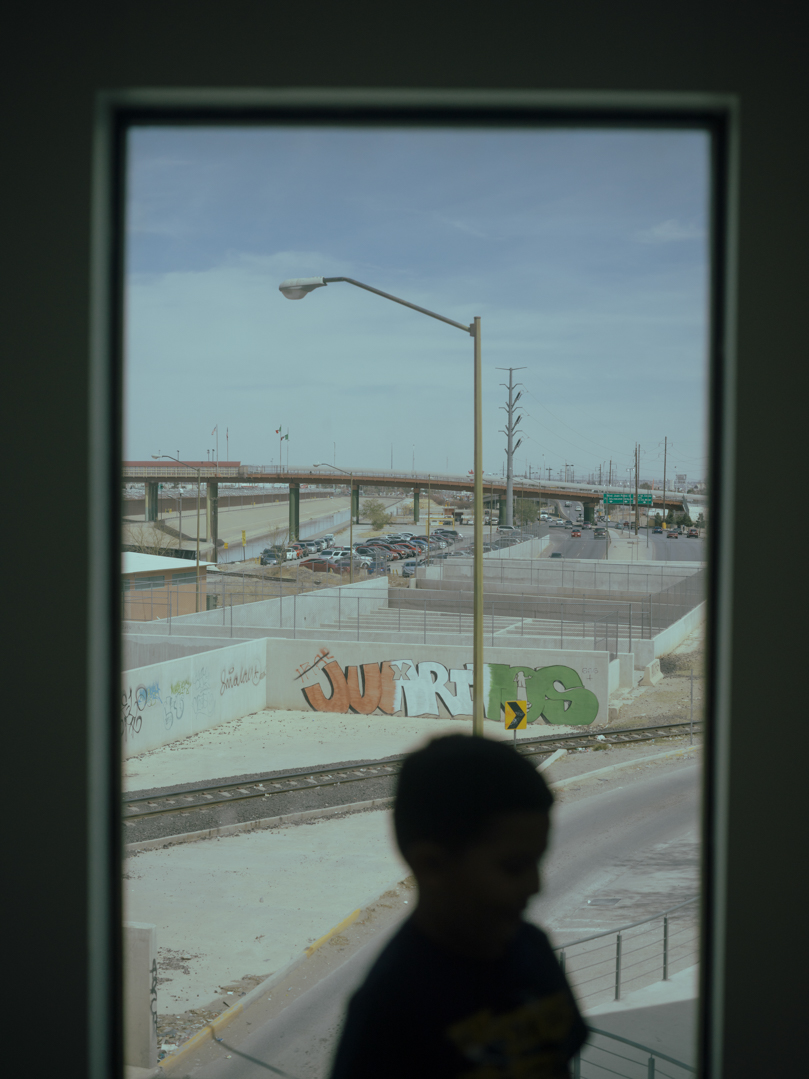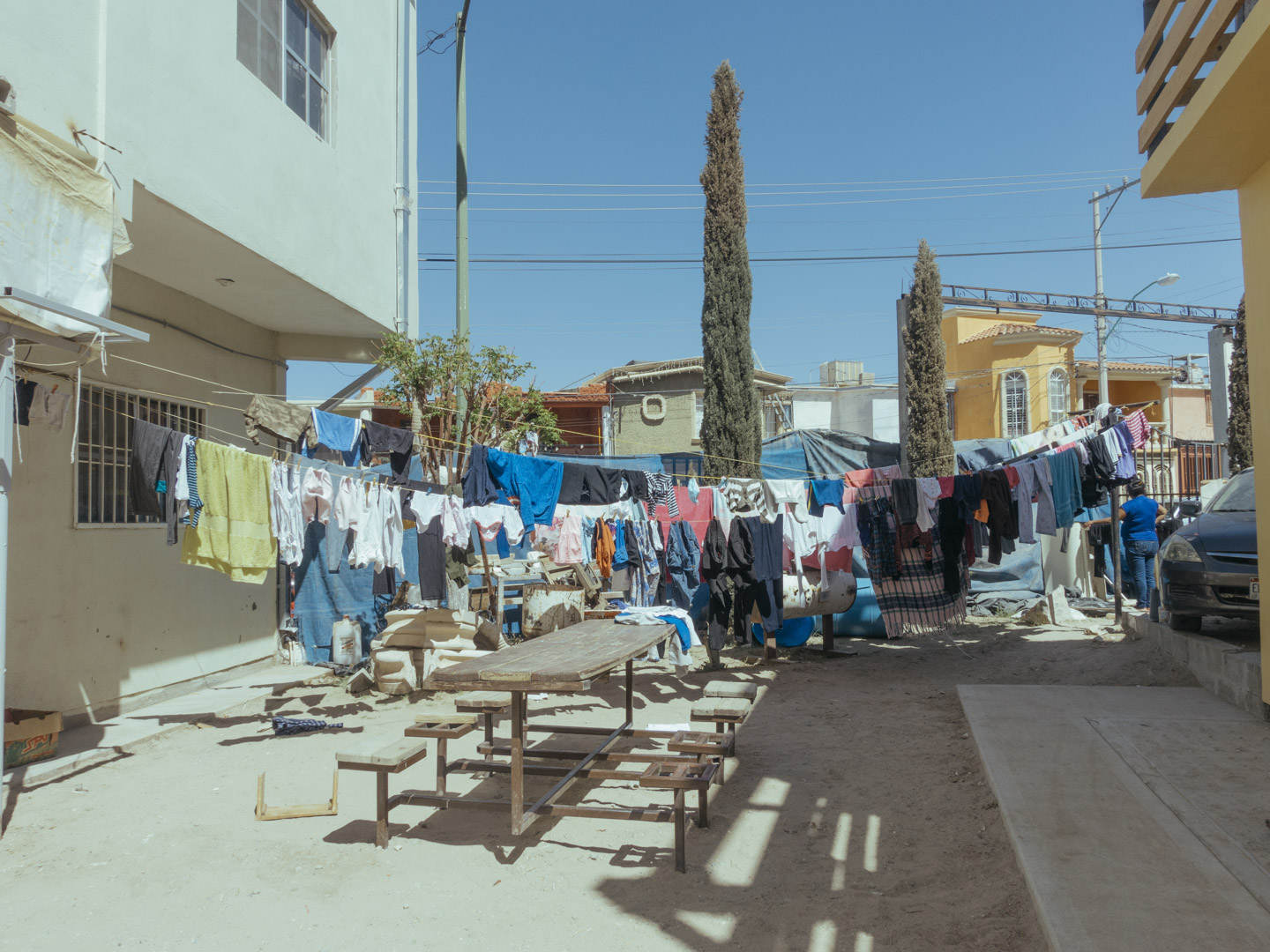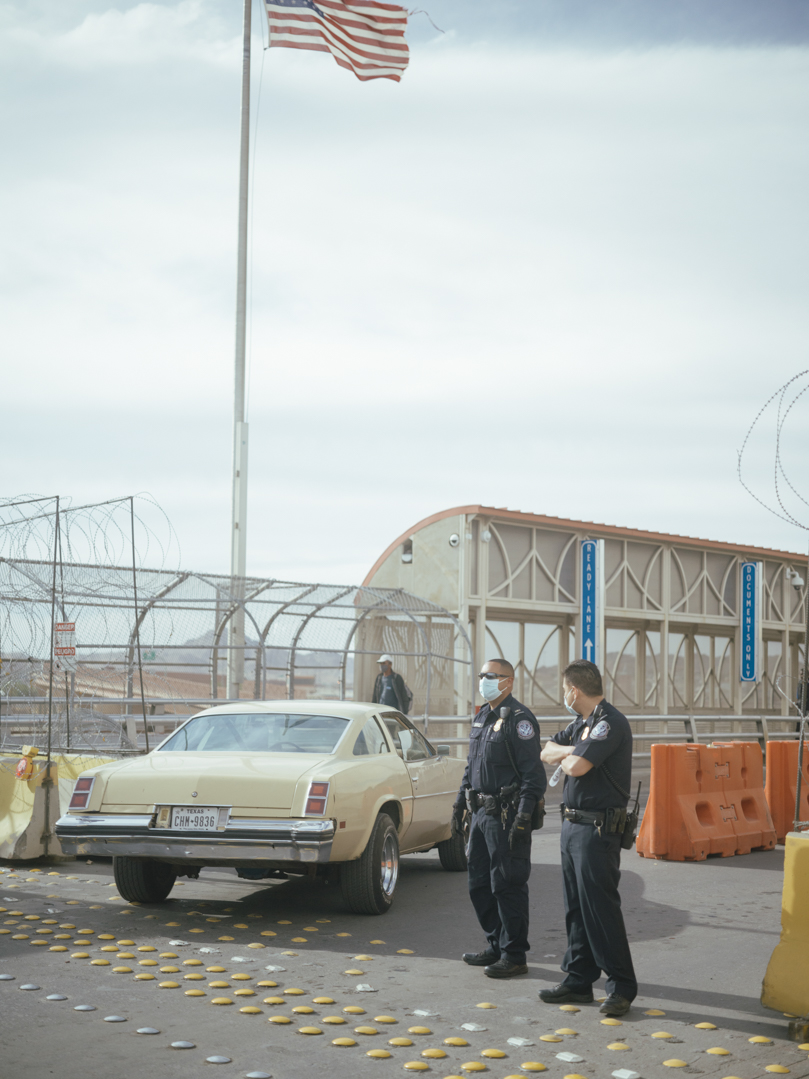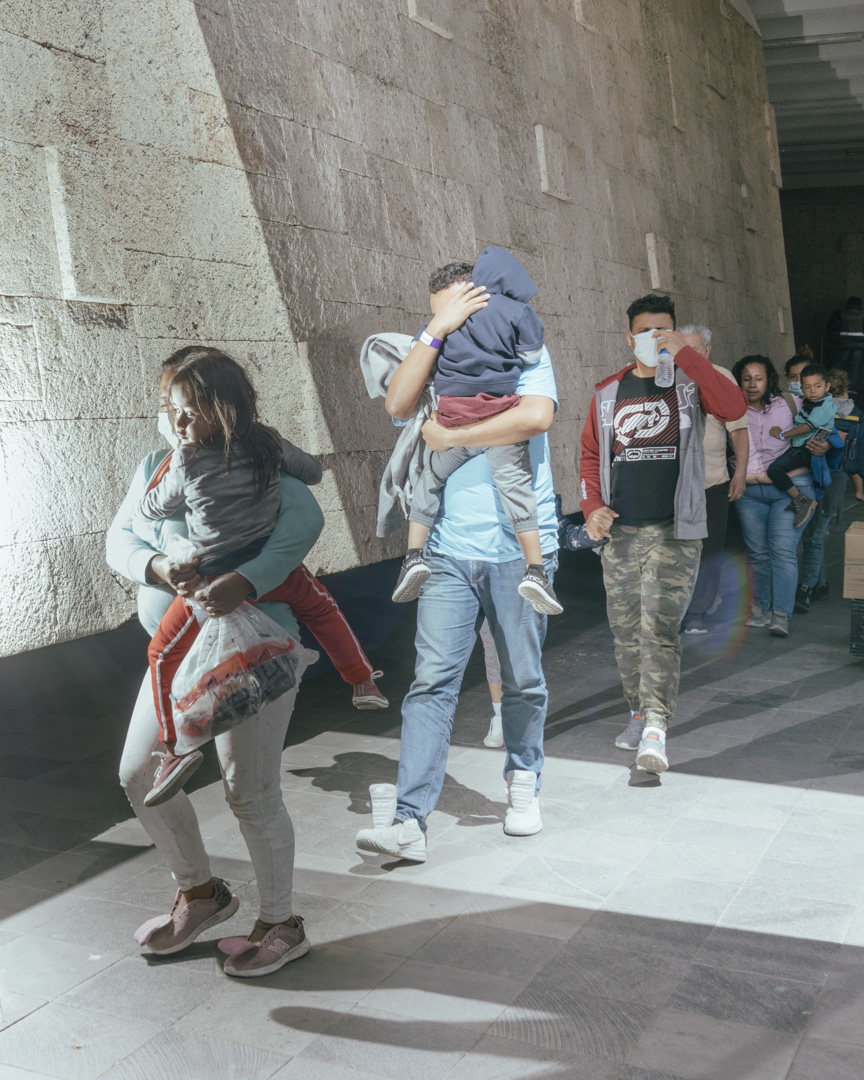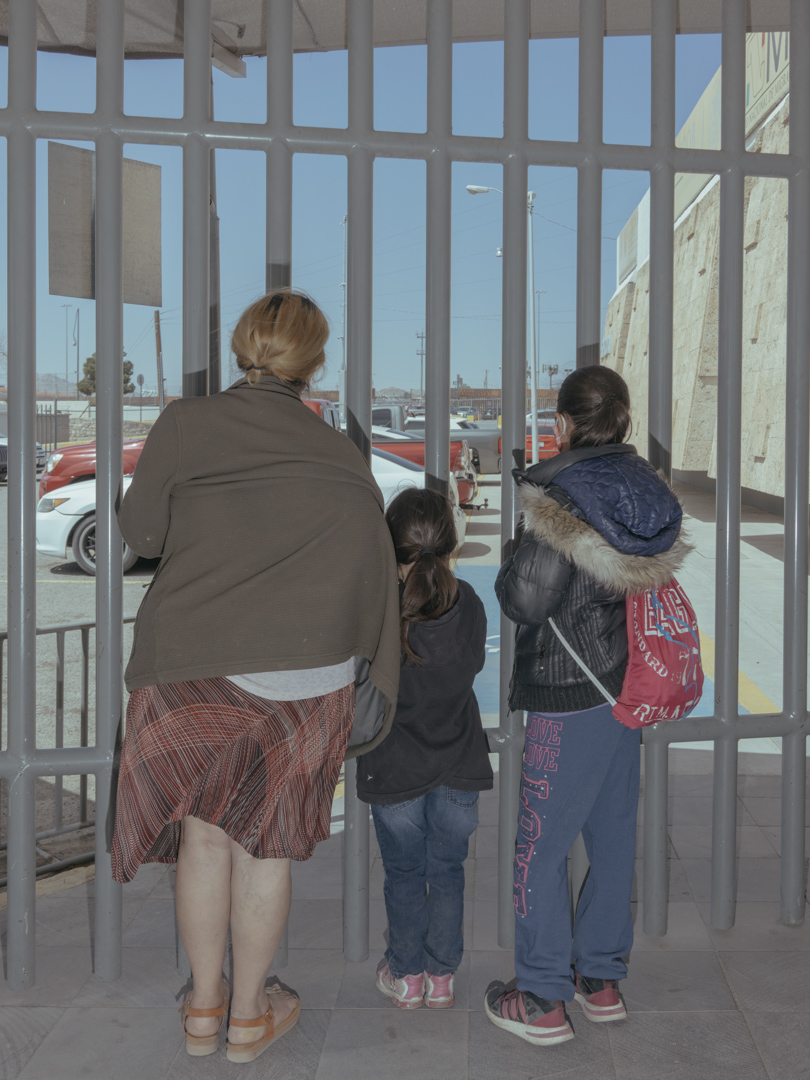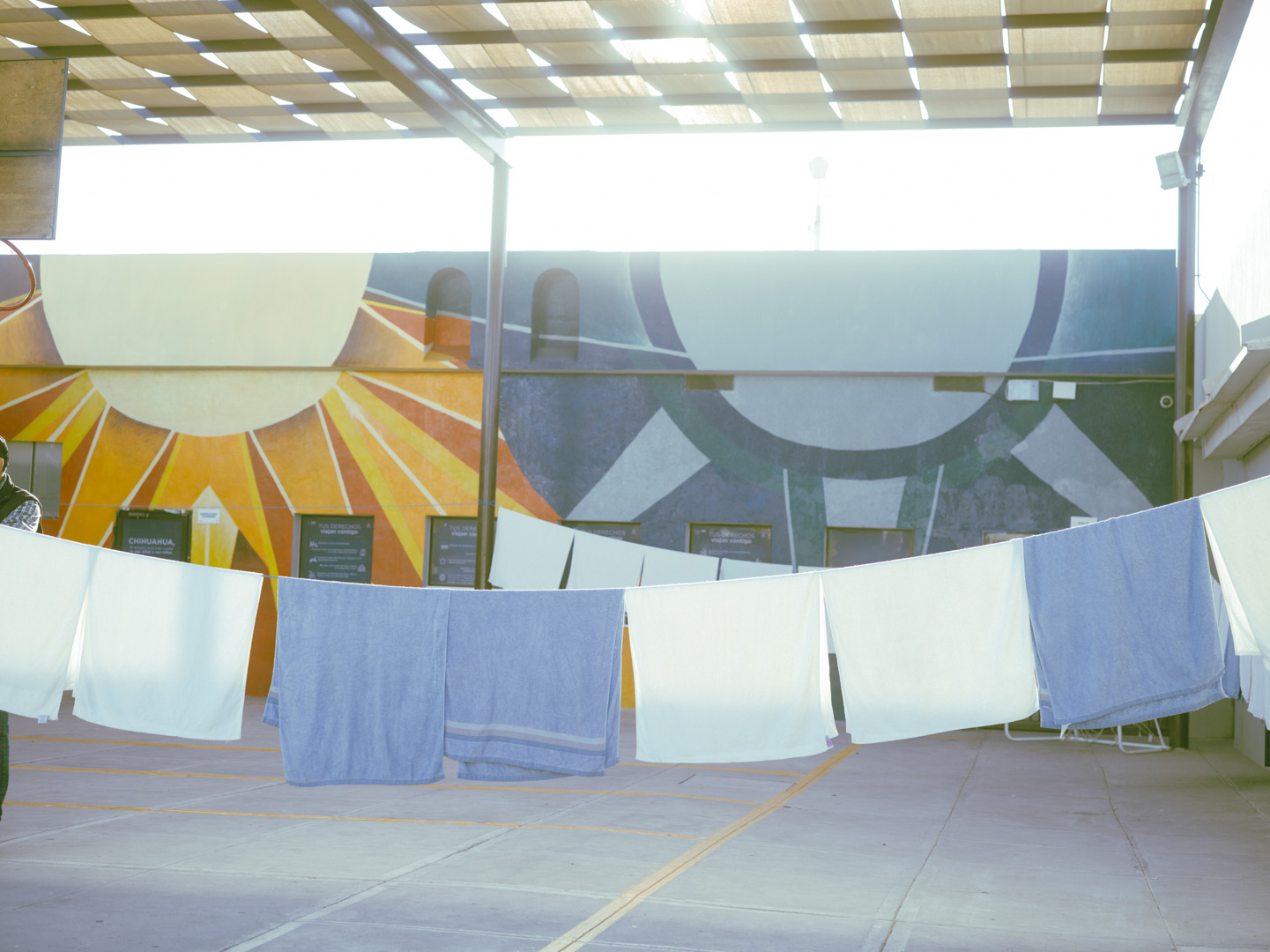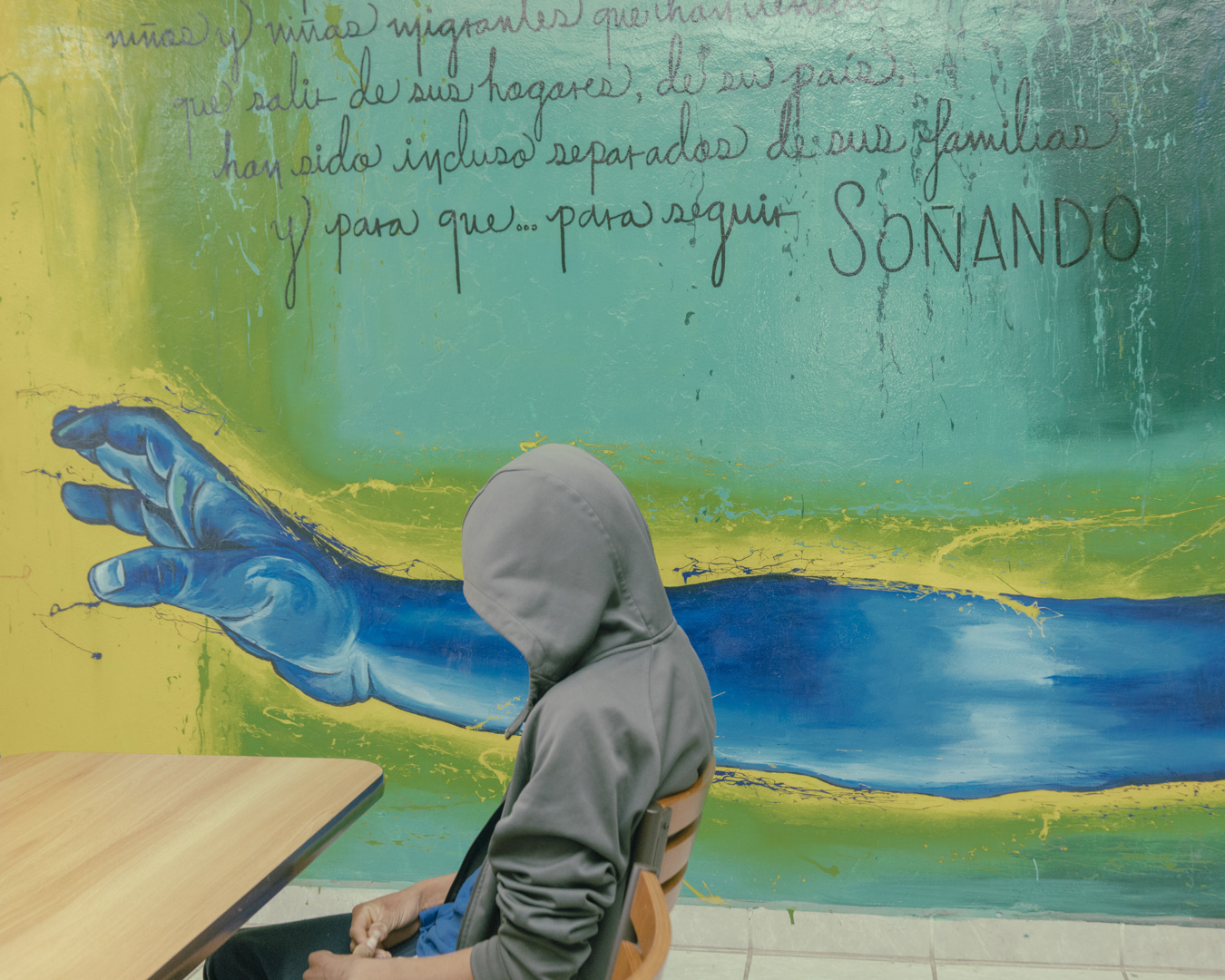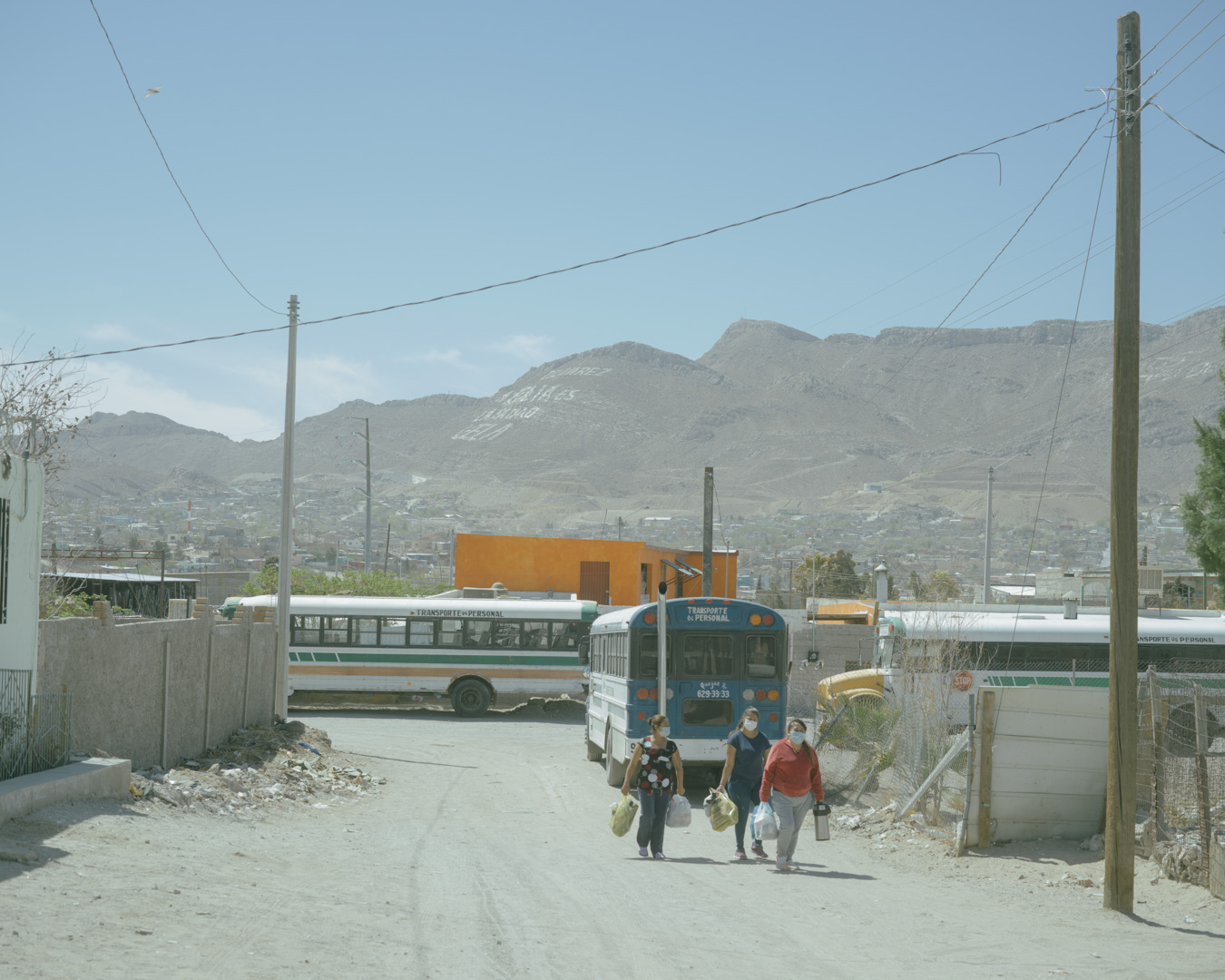Migrants Stories, 2021
The Siege of Kobane, Syria, 2014
The Siege of Kobane was hurled by the Islamic State (ISIS) fighters on 16 September 2014, in order to capture the town of Kobane, in nothern Syria. Kobane, in Aleppo province, is the third-largest Kurdish city in Syria. Residents have abandoned their homes there under the attack by the Islamic State militants. By the first quarter of Ocotber 2014, ISIS was achieved in capturing more than 350 Kurdish villages and towns withing the locality of Kobane making a flood of some 300.000 displaced Kurdish, most of who escaped across the border into Turkey. Turkey opened eight crossing points along a 20-mile (32km) stretch from Akcakale to Mursitpinar, allowing hundred thousands of Kurds to escape from the ISIS attack.
Mediterranean Sea, 2016
Ismail Ferdous spent a day on the Doctors Without Borders’ boat, alongside the rescuers who help migrants attempting to cross the Mediterranean. During that day, the British Navy handed over a group of 27 men and 6 drowned bodies to the Doctors Without Borders’ crew.
These men, wishing to reach Europe, had paid a smuggler to board a dinghy from Tripoli. After leaving the Libyan coast and being towed for 2 hours, the smuggler threatened them with his weapon, taking the life jackets and the boat’s engine, before returning to the coast.
Alone, helpless and with no way to guide the boat, they drifted at sea until the rubber of the boat was pierced.
Of the 130 men who left on this tragic crossing, 103 were reported missing or dead, among them 2 young teenagers. The 27 who managed to survive were narrowly rescued by the British Navy 55 nautical miles off the Libyan coast, and then taken care of by Doctors Without Borders.
Calais’ Jungle, France, 2016
Announced by the French Interior Minister in September 2016, on October 24 of the same year the dismantling of the northern zone of the Calais Jungle began, leading to the total closure of this place, where migrants waiting to cross the Channel to the United Kingdom have been gathering since March 2015.
The 6,486 migrants registered are being evacuated in buses to 450 reception and orientation centers spread throughout France. These centers are intended to help migrants to apply for asylum in order to obtain refugee status and a residence permit. Migrants who do not apply to the dismantling are either placed in administrative detention centers to be deported or, due to lack of space, are left to move freely.
The dismantling of the Calais Jungle has resulted in nearly a thousand migrants from Calais arriving in Paris in a few days. The welcome structures being already overloaded, new wild camps are installed, and the evacuations made by the police follow one another without long term solutions.
Stateless Beings, Bangladesh, 2017
They are unlawful people born in Myanmar as members of the Rohingya, the Muslim minority of the country. One million Rohingya lived there until the expulsion began. Myanmar has never recognized them as citizens, they were stateless. For years, Buddhist monks have been campaigning against Muslims, many citizens have prejudices against them. In August 2017, radical Rohingya attacked several police stations and killed twelve security forces, since then the hatred has exploded. Soldiers and civilians mobs storm the Rohingya settlements in Rakhine province near the border with Bangladesh and fire house by house, village by village. They want to erase everything. Rohingyas have fled across the border, to Bangladesh, where no one expected them, and where little help can be found. It is still monsoon season, it rains every day, the country flooded. The refugees stranded in the border area, in the void, they settle along the only road in the region, from the border to the small town of Cox’s Bazar, they build tents made of tarpaulins and bamboo canes. An improvised refugee camp that grows every day.
Ciudad Juarez, Mexico, 2021
Deported from the United States as part of the fight against Covid, awaiting visas or regularization, or victims of a humanitarian crisis, thousands of Central Americans are tossed around and sent back to lawless areas. Under the guise of transferring them from one detention center to another, the US Homeland Security Service takes migrants awaiting regularization to Ciudad Juarez, one of the most dangerous Mexican cities. Most of them only understand what is happening to them once they cross the Mexican border. These expedited deportations of which Mexican authorities had not been warned, have been taking place since March 2020 under the so-called “Title 42”, a legal clause applied for health reasons, in this case the Covid-19 pandemic. The frequent changes in migration policy over the past few months have increased the insecurity of these migrants, many of whom have fled the precariousness aggravated by the Covid-19 crisis, but also gang violence.













